crankbrothers have been working on a range of shoes for four years, and almost no one guessed. They’ve even been posting photos and videos of pros riding them for the past year, and this past season, there have been pro racers sat around in pits wearing them with no branding except for a question mark. Now they’re ready to unveil them to the rest of us.
Fabio Wibmer, Luca Shaw, Rach Walker, Anka Martin, Cedric Gracia, Bernard Kerr, Angel Suarez, and Iago Garay are among the pros who’ve been riding and racing in these for a while.
With fifteen different shoes in the lineup, at first it looks a little bewildering, but the range breaks down to very logical options, named the Mallet, the Mallet-E and the Stamp. Each of those is divided up further by their retention systems, which are BOA, speed laces, or standard laces. BOA and speed lace editions also get a hook and loop retention strap that locks the shoe down in front of your ankle.
The Stamp range are all flat pedal shoes, and both varieties of Mallet are clip-in shoes. There are features common to all of the shoes that I’ll take you through first, then each type specifically, but also, crankbrothers have shared plenty of details of the design process and reasoning that we’ll take a look at too.
crankbrothers Mallet:
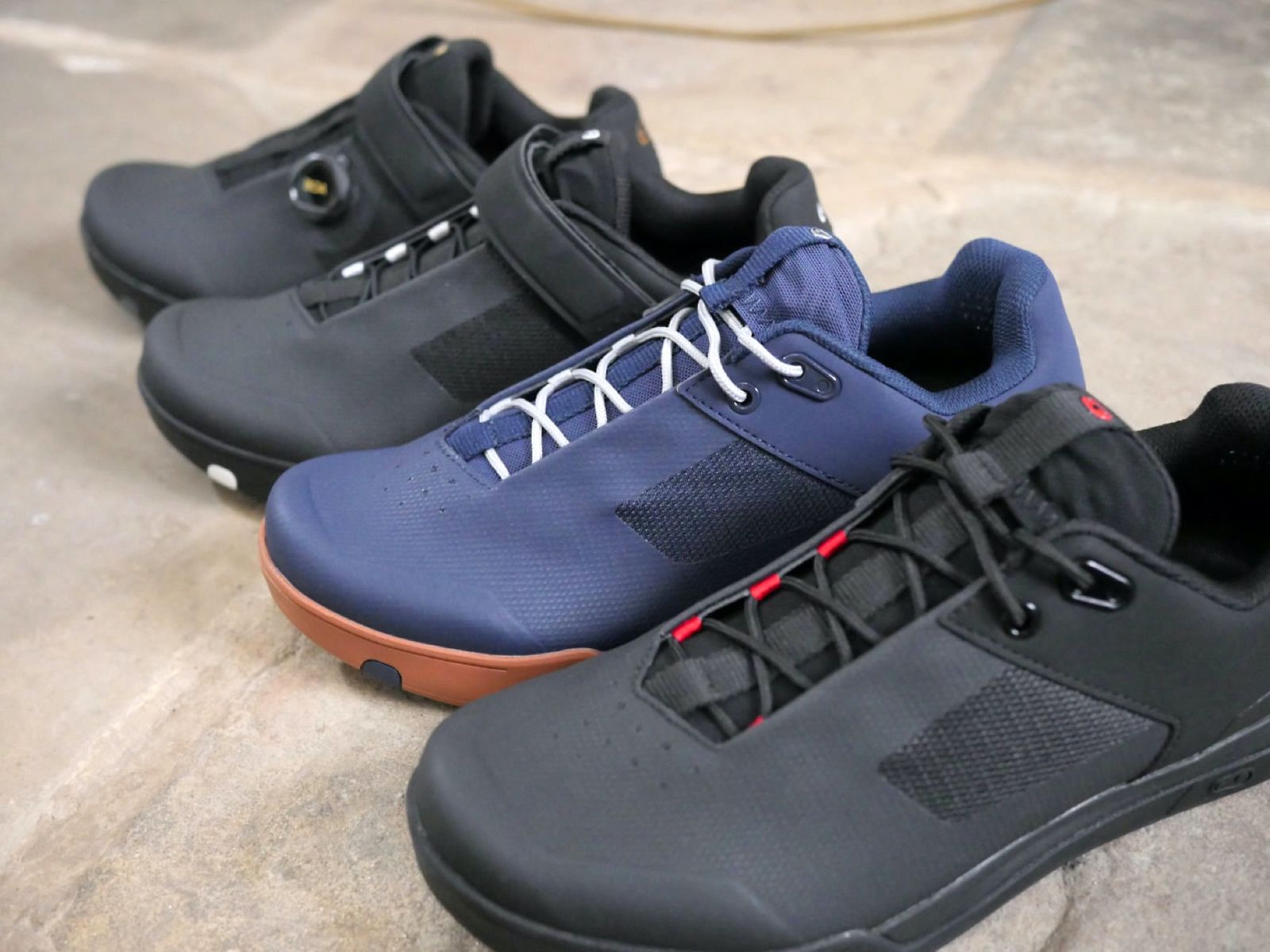
The Mallet is a clip-in shoe aimed at racing and long continuous rides, offering different cleat positions for greater stability. Most recognisable by the smooth tread and the Race Zone highlighted in red at the back of the cleat tracks (more on that later).
crankbrothers Mallet-E:
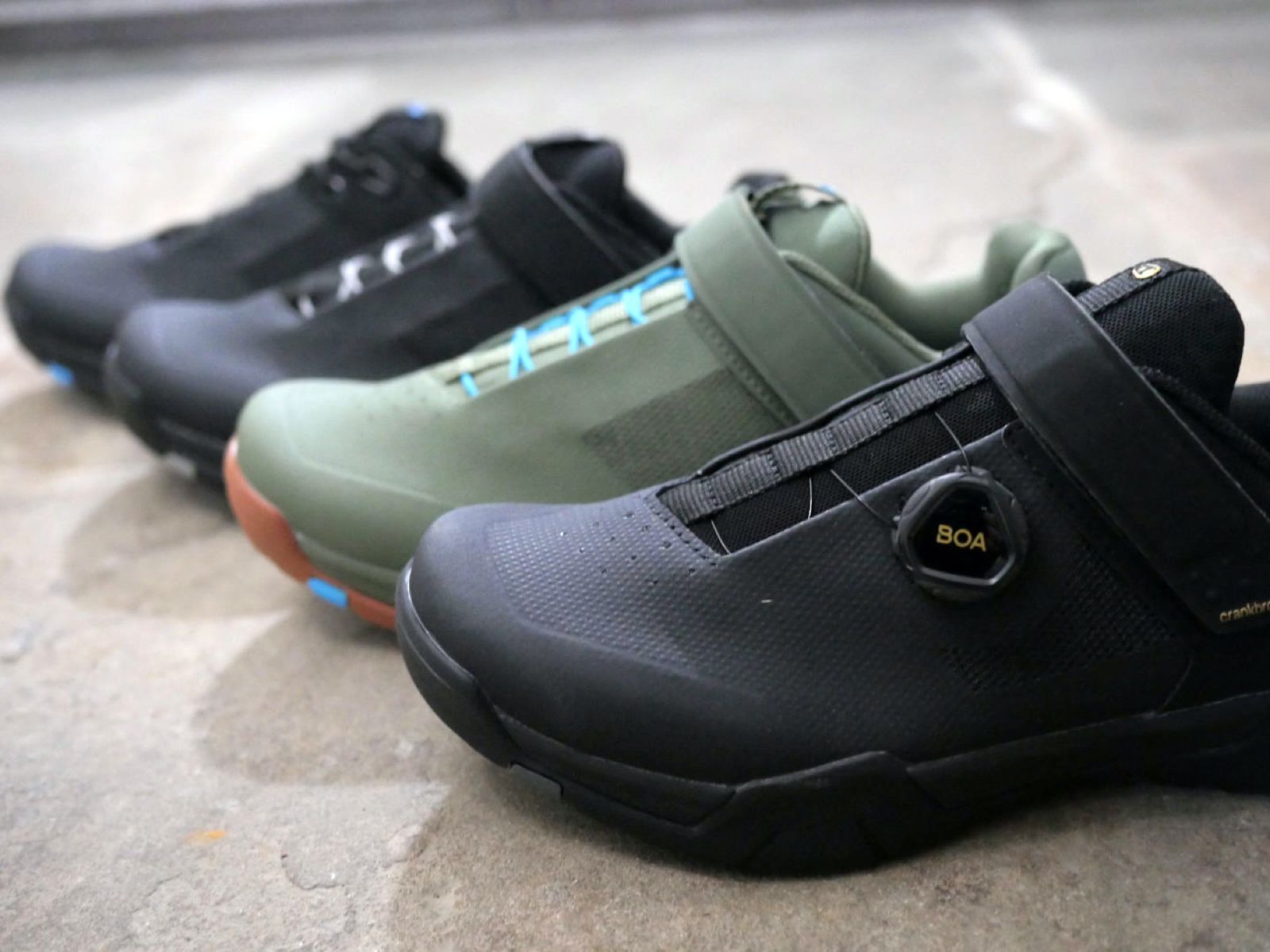
The Mallet-E is a slightly burlier clip-in shoe, with a more aggressive tread for time spent on foot, and a slightly stiffer shank for better power transmission.
crankbrothers Stamp:
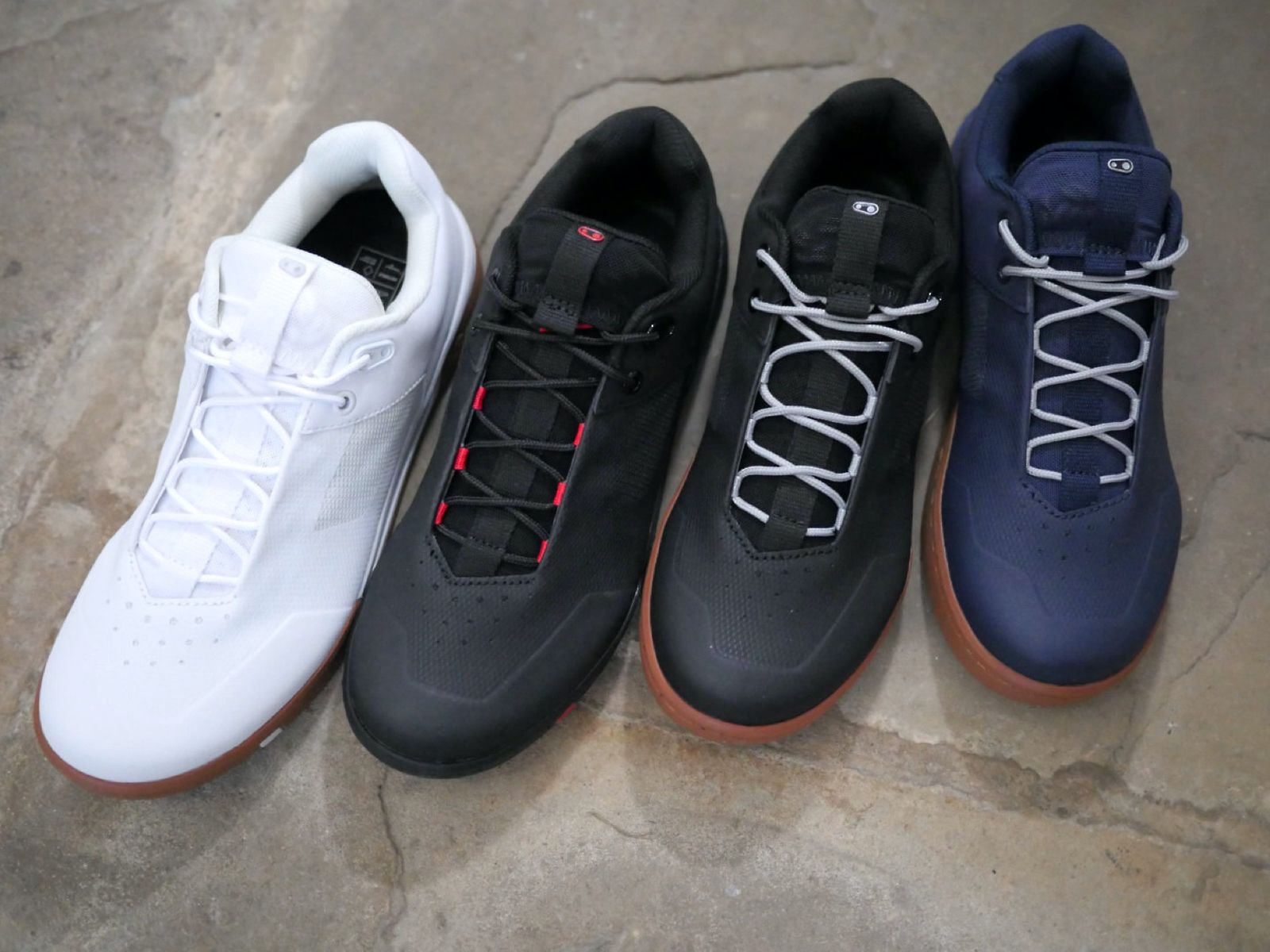
Based around an identical upper to the Mallet and Mallet-E, the Stamp is crankbrothers flat pedal shoe, based around stickier rubber than the Mallet shoes and designed to work best with their Stamp pedals.
Shared Features:
Some features are shared by every shoe in the range, and we’ll look at those first before going through the individual differences.
All share the same PU upper, designed by Anthony Hope, who among others has also worked for Nike. It has a slightly textured surface with almost no protrusions or seams for mud and water to sit in. The tongue is padded, offering protection along with a reinforced toe box. Vents are positioned either side of the midfoot and over the toe.
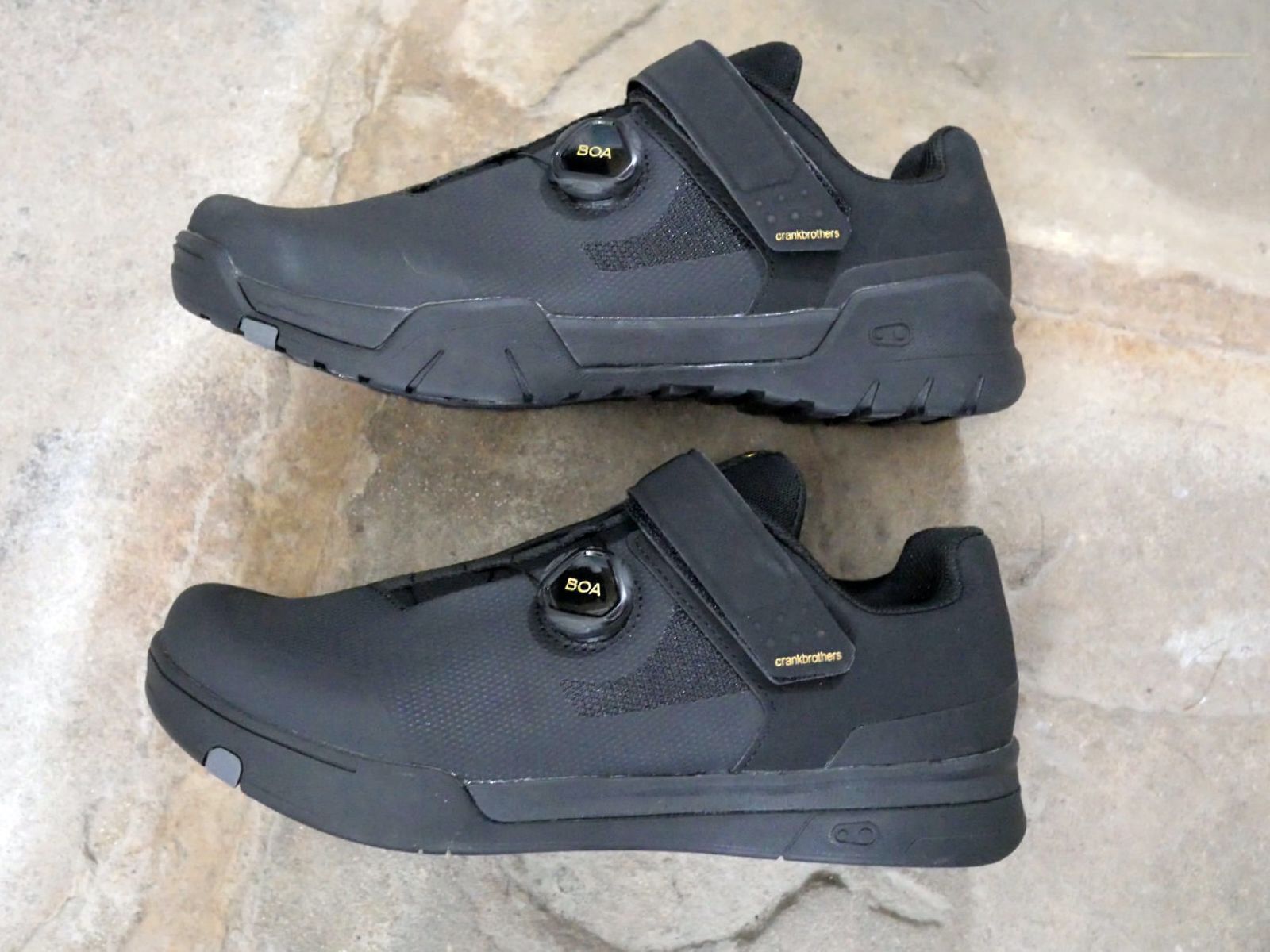
One of the design criteria was also that they dry fast too, so the rest of the upper is padded, but not over-padded. Inside the shoe, the tongue is also retained either side by strips of elastic, which should keep them central rather than let them migrate down either side of your foot – a problem with some shoes I’ve run with detached tongues in the past.
BOA, speed lace and lace up editions all have low profile eyelets that sit just inside the upper, giving the laces some protection from rock strikes, and fewer holes for water to run into.
The lace up shoes all have a lace pocket at the top of the tongue, allowing you to tuck any bows or closures up invisibly, keeping flappy laces well away from your drivetrain. Obviously the top of the line BOA editions don’t need this, winding it all up inside the dial instead.
Laces have a round cross section, making them run smoothly, and so be kinder to shoes and fingers alike. They’re also kept quite thin though to reduce their ability to soak up water. The Speed lace ones have a similar round section, but can get away with being even thinner, as thanks to the speed lacing hardware you don’t have to run them through your finger joins to tighten them up.
Where the back of the shoe meets your lower ankle is another area with beefed up padding, creating a pronounced heel cup to help retention. As well as that, silicone gripper dots help it to stay put, and in the case of the speed lace and BOA versions, the cross strap locks the shoe right down and pushes your heel solidly back into the cup.
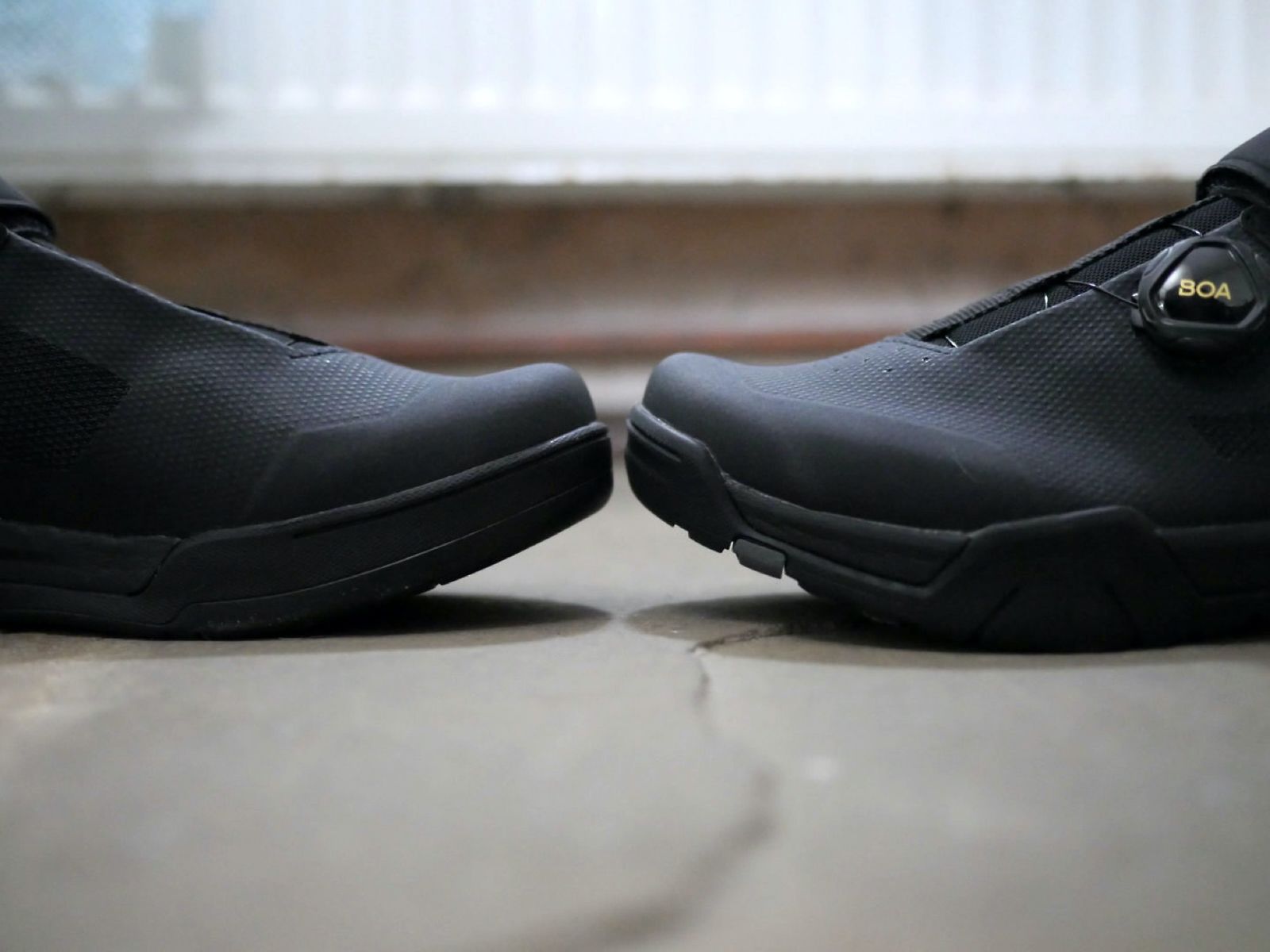
crankbrothers, being an American company, have based these on an American shoe last system, but are keen to point out the UK sizing is true-to-size. You shouldn’t have to size up or down from your regular, non-bike shoe size to find the best fit with these.
Overall, the upper seems to have a very effective fit system. Having tried the speed lace version half a size too big, I was impressed to find that tightening the strap eliminated any heel lift, locking the shoe right down onto the back half of my foot without it feeling too tight.
The soles, designed by Vanni Scapin, are where the shoes get a bit more specific. I got to have a long chat with Vanni, and will be including many details from it below, but the basics are that crankbrothers’ Match system is designed to team up tread and pedals. The soles of all three shoes have specific zones for use on and off the bike, basically giving more reinforced, claw-like toe and heel lugs for grip on foot, with mid-foot pedal zones designed not for maximum possible grip, but the correct amount of grip.
crankbrothers Stamp:
The Stamps are crankbrothers flat pedal shoes, and are soled with their grippiest MC2 high-friction rubber compound. At toe and heel, you find the same reinforced lugs with diagonal patterning for off-bike grip, and the mid-sole tread pattern is designed to match perfectly with crankbrothers Stamp pedals.
That was designed around the Stamp 7 pedal, and those of you already familiar with thoe might be about to point out they come in two different sizes. So how does that work?
On comparing them closely, you find that the angles of the tread blocks match both sizes of Stamp Pedal, but the junctions and gutters between tread blocks aren’t an exact fit for the pins. There are a couple of reasons for this. Firstly, all riders have different foot positions. Some feet point further out than others, some need to go further inboard or outboard, so for the sake of everyone’s knees, the tread pattern of any good flat shoe has to accommodate that.
Secondly, the point of flat pedal shoes is not to be as close as possible to the workings of clip-in ones. They could have moulded the soles to fit their pedals exactly, and put pedal and shoe sizes in lockstep (so to speak), but that would limit rider options and eliminate many of the things people like about riding flats. Many other flat shoe designers seem to chase ever increasing amounts of grip, but crankbrothers perspective is that there’s no point turning flat shoes into something that works like clip-in with less adjustability.
The Stamp is available in seven different editions: The top of the range Stamp BOA edition in black, Stamp Speed lace in two colourways of red and grey or black and green, and the Stamp Lace in four different colours, ranging from black everything for the traditionalists, all the way to the Fabio Wibmer Signature Edition in gleaming white with a gum sole.
crankbrothers Mallet:
While they have the sme uppers, there are some big differences between the Mallet and the Mallet-E clip-in shoes. The most noticeable is the red-striped Race Zone at the back of the Mallets cleat box. This gives 5mm extra rearward cleat range, and was put in because crankbrothers found pro-racers drilling this exact feature into other shoes. Such a rearward position gives more stability for descents. Another descent-friendly feature is the slightly more compliant shank.
Both the Mallet and Mallet-E use crankbrothers’ MC1 mid-friction rubber compound for the sole, developed not just for grip, but to also make clipping in and unclipping easy. Adding to that is the radial design of the tread pattern, matching the shape of crankbrothers Mallet pedals. This all adds up to make them less likely to hang up on a pin while twisting your feet in and out.
The cleat box has big ramps front and back to help guide cleats and pedal to each other. Again, this is a feature crankbrothers built in because some pro-riders were filing them into the rubber on other shoes. The Mallet has the cleat box further back than the Mallet-E, and correspondingly a shallower ramp at the front edge.
While it does have the same diagonal heel and toe patterns for grip off the bike, the tread on the Mallet is smoother than on the Mallet-E, reflecting the Mallet’s nature as a shoe for riders who don’t intend to spend much time off the bike.
crankbrothers Mallet-E:
The Mallet-E is a slightly burlier clip-in shoe, with a stiffer shank to aid power transmission. If you look at weights, they tend to come in around 20g heavier per pair than the Mallets, though you’d never tell just by looking at them. They’re identically shaped, but with some important design changes once you look closely.
The Mallet-E is designed for riders who clip in, but also need to spend time off the bike, whether that’s epic hike-a-bike in the mountains, riding bike parks, or sessioning bits of your local trails. As such, it lacks the 5mm race zone at the back of the cleat tracks, has the cleat box positioned slightly further forward, and has a much more aggressive tread for increased grip all round on foot.
Another feature the Mallet-E and Mallet have in common is that the height of the rubber either side of the cleat box has been fine tuned, both for crankbrothers cleats and SPDs. crankbrothers cleats are thinner than other types, so ship with a plastic shim to put underneath.
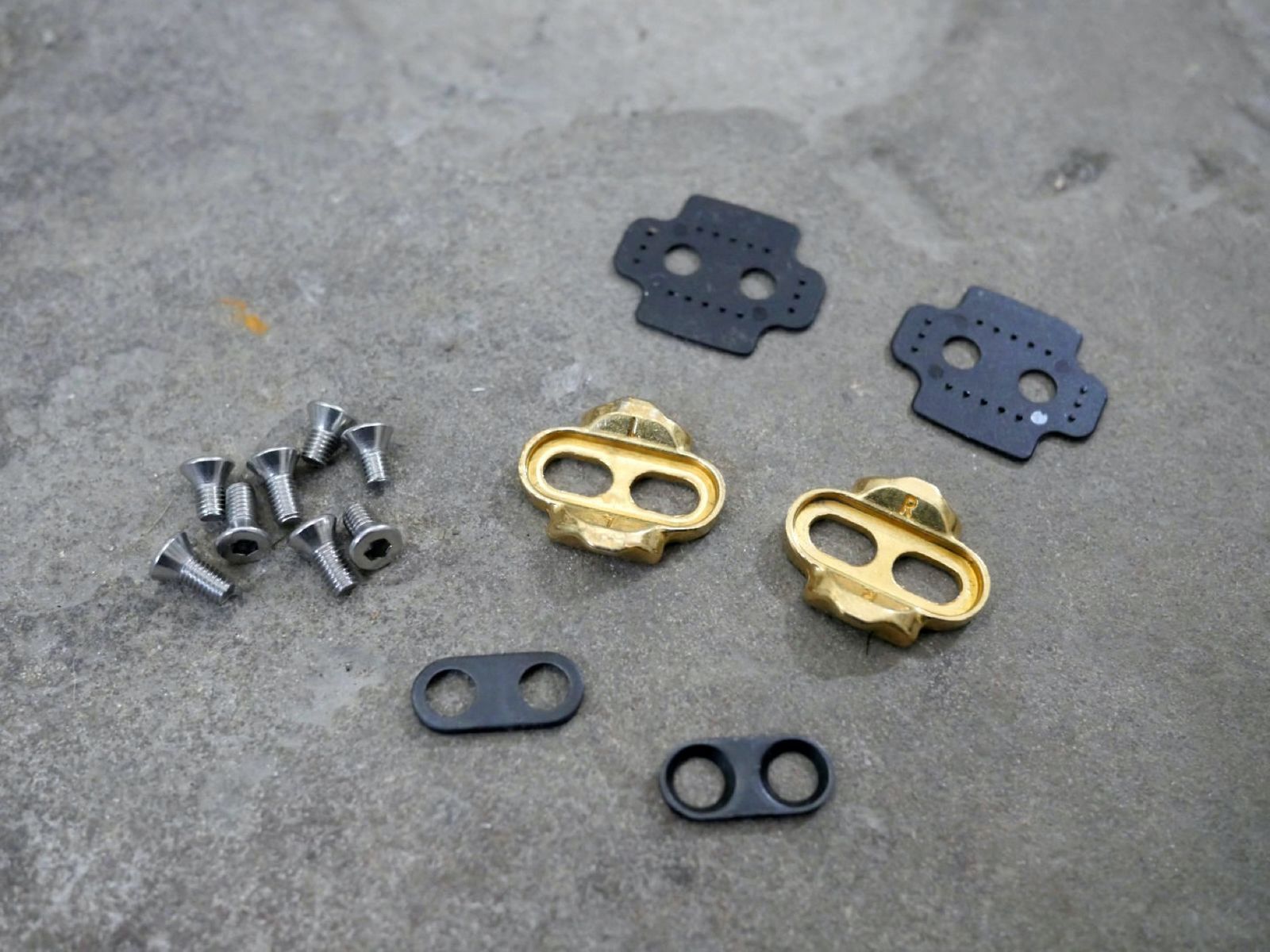
If you’d rather run SPDs instead though, simply leave the shim out. When running crankbrothers own cleats, if after a year or so the soles of your shoes have worn and it’s affecting pedal/pin contact, you can remove the shims to close the gap and get them performing as new again.
While they’re shown without in most of the images here, all Mallet and Mallet-E shoes will ship with crankbrothers cleats and shims pre-installed. Obviously, if SPDs are your pedal of choice, swapping those out is a quick and easy job.
crankbrothers R&D:
It’s taken four years of research, design and development to get these shoes to the point crankbrothers have a product they’re proud to launch. The soles alone have been in progress for two and a half years, with different tread patterns and rubber compounds packed off all over the world to be tested on everything from Utah slickrock to the depths of British winter.
Talking about the process with Vanni Scapin, it sounded like it’s occasionally been difficult to balance all of the feedback and feature requests that came in from professional and non-professional riders, but this range of shoes covers all of them, from racing to messing about with your mates, in all weather conditions.
In the later stages, as people who live and breathe the tiniest of differences in their equipment, pro riders have been particularly useful for fine tuning designs before settling on the final shoe range.
Fabio Wibmer was one of those riders, and has his own signature Stamp Lace shoe in gleaming white. Luca Shaw has also been one of the main riders giving feedback on the Mallet and Mallet-E shoes.
Over time, the toe boxes got slightly wider, the strap over the tongue got repositioned three times to create the best possible heel lock, and the soles went through many different designs and rubber compounds.
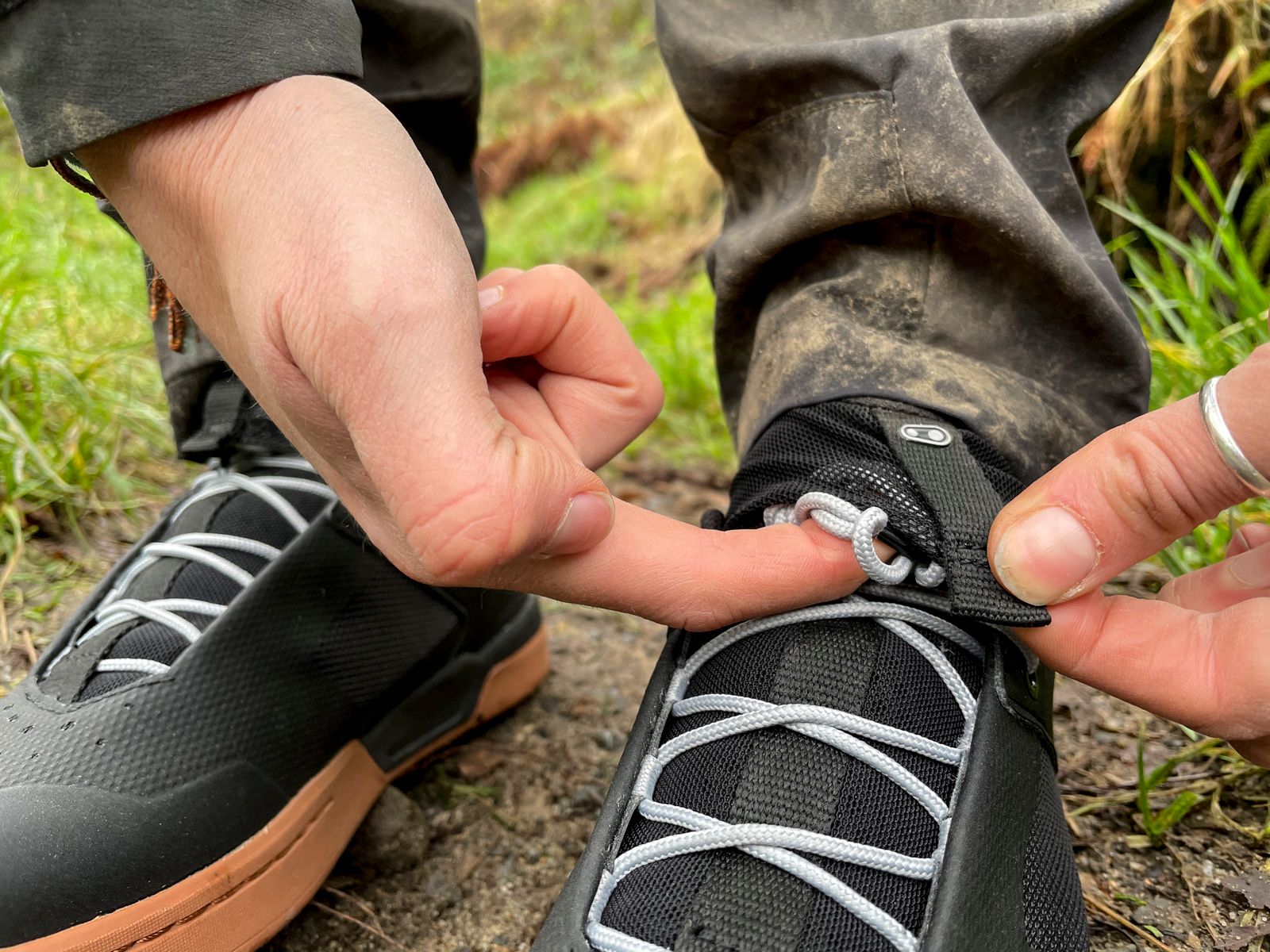
Throughout the process, the aim has been to make balanced, year round, all conditions and all rider shoes, rather than ones for a specfic niche. As such, they’re unisex, every shoe and colourway comes in UK sizes 4 – 13, and the uppers are designed to be well ventilated and dry quickly for summer or winter riding.
Singletrack have several pairs in for review, so keep an eye out for that. In the meantime, if you want to see more of the shoes or find a dealer, you can do so on Extra UK’s website.
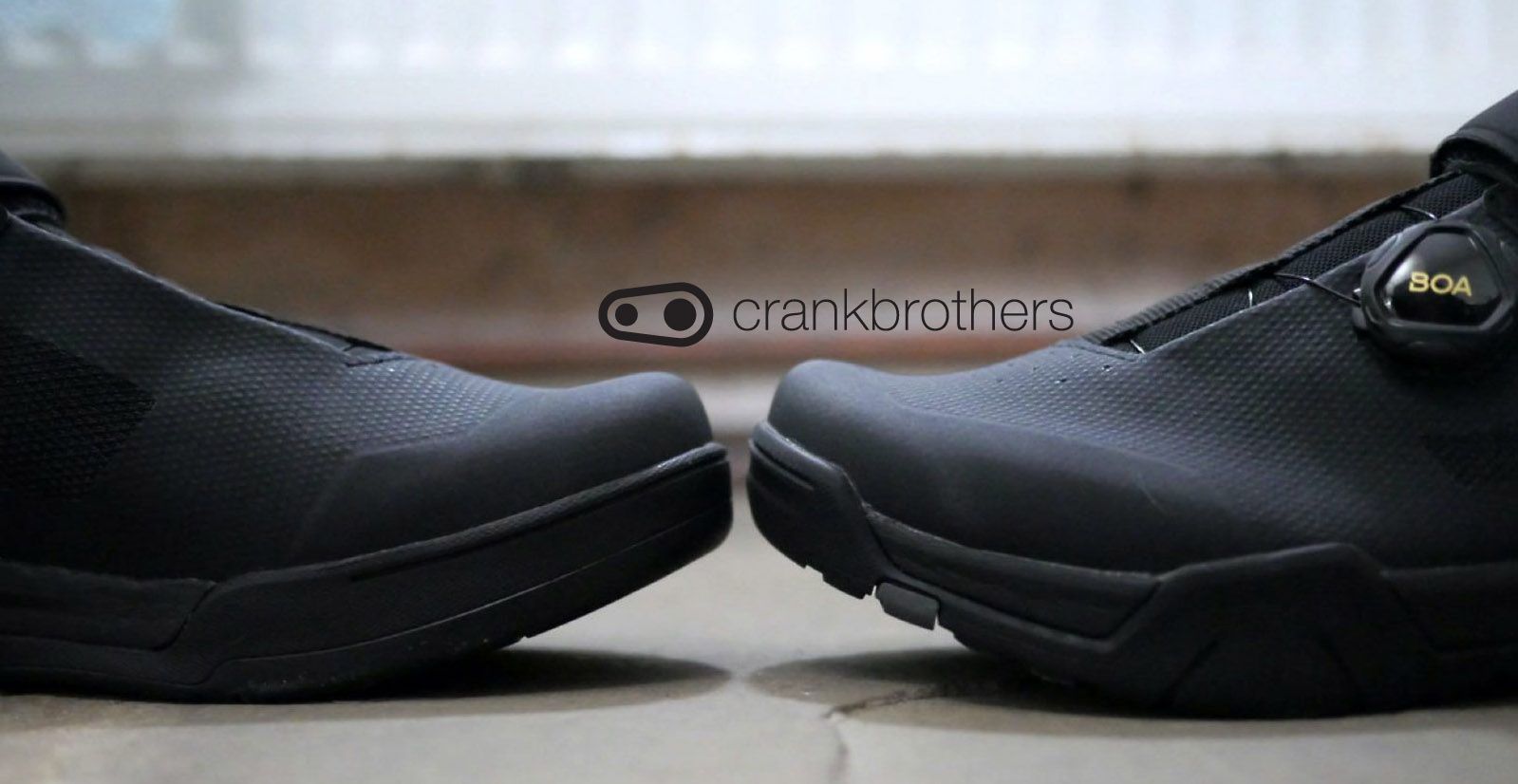
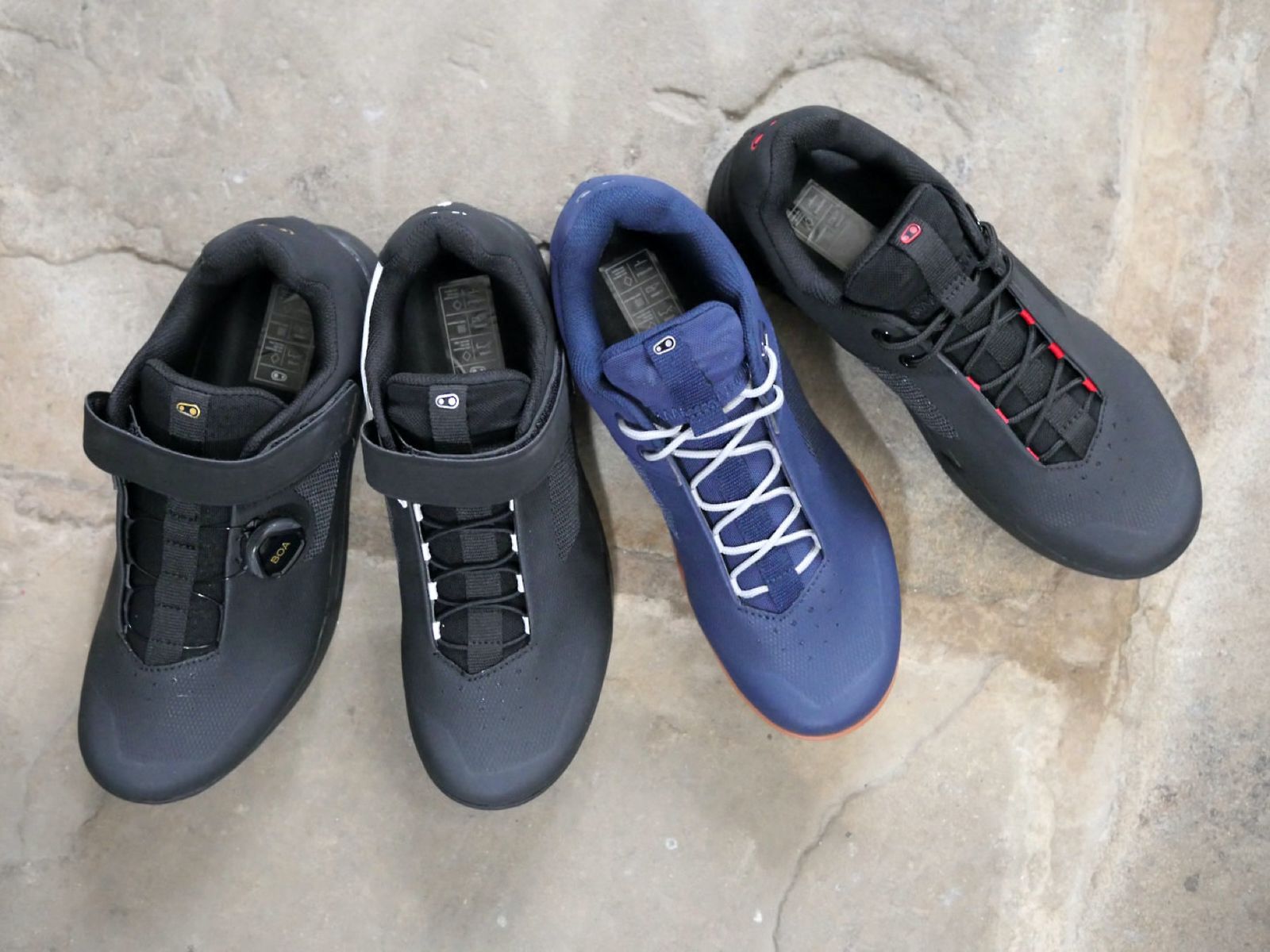
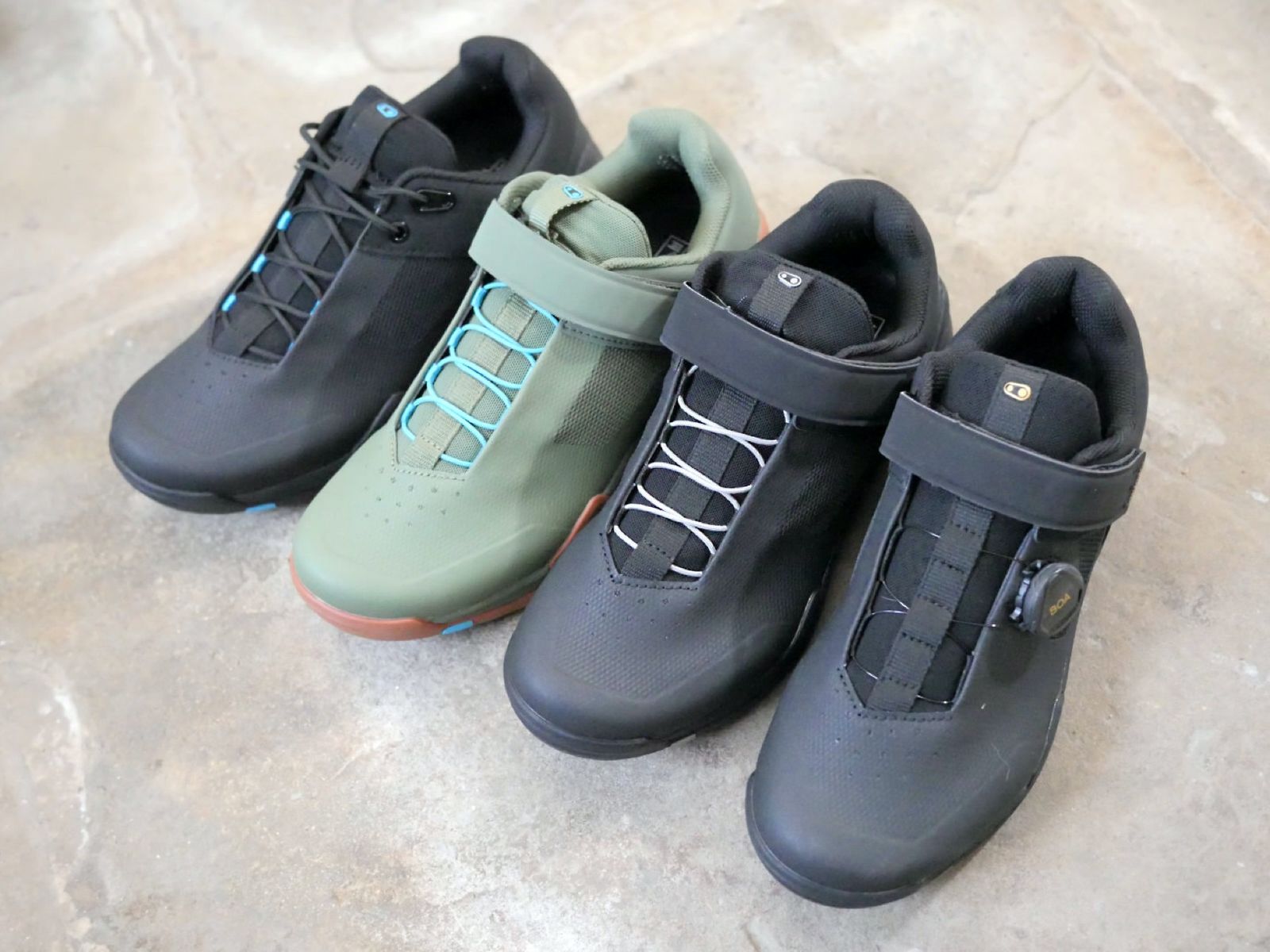
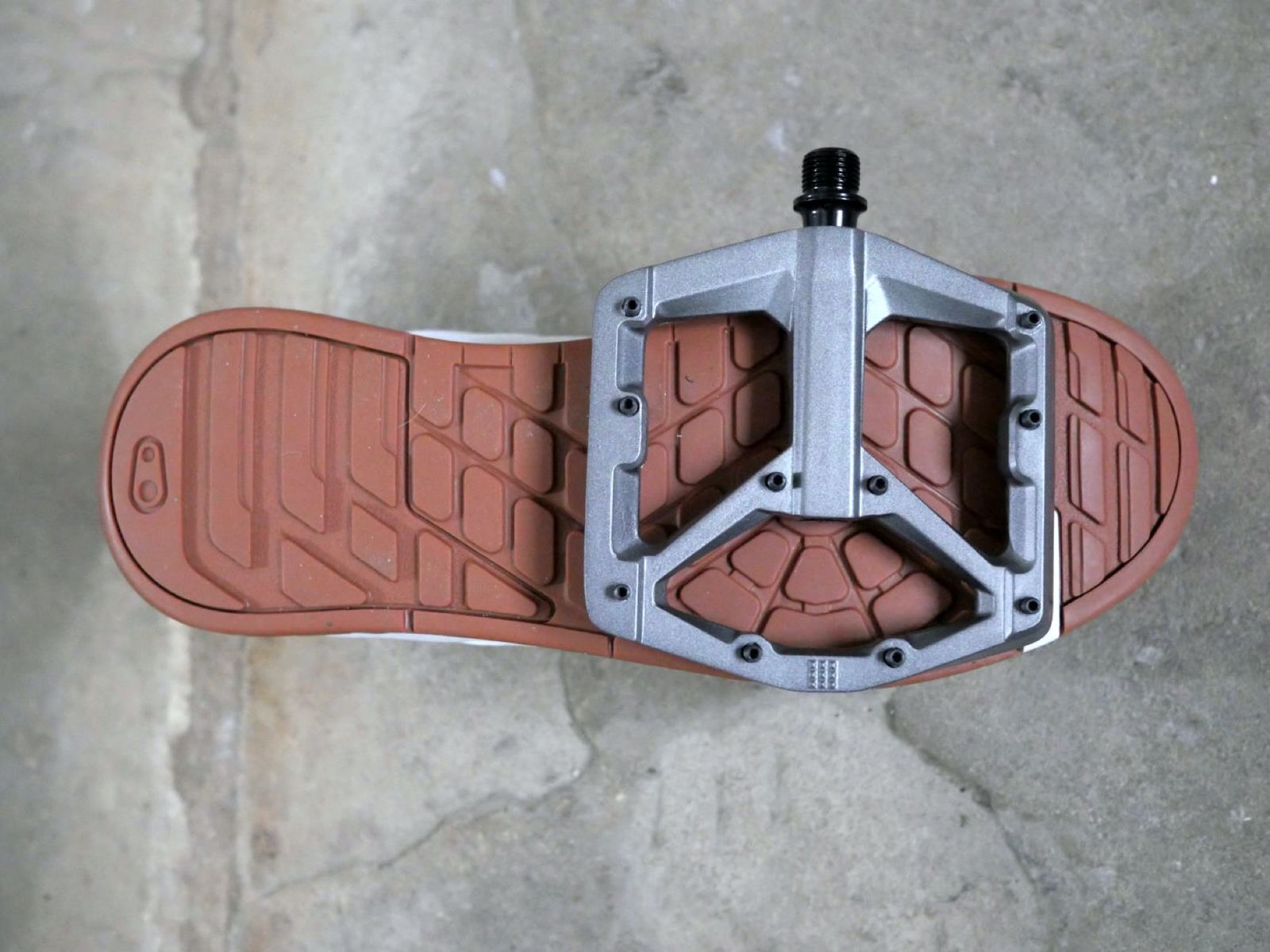
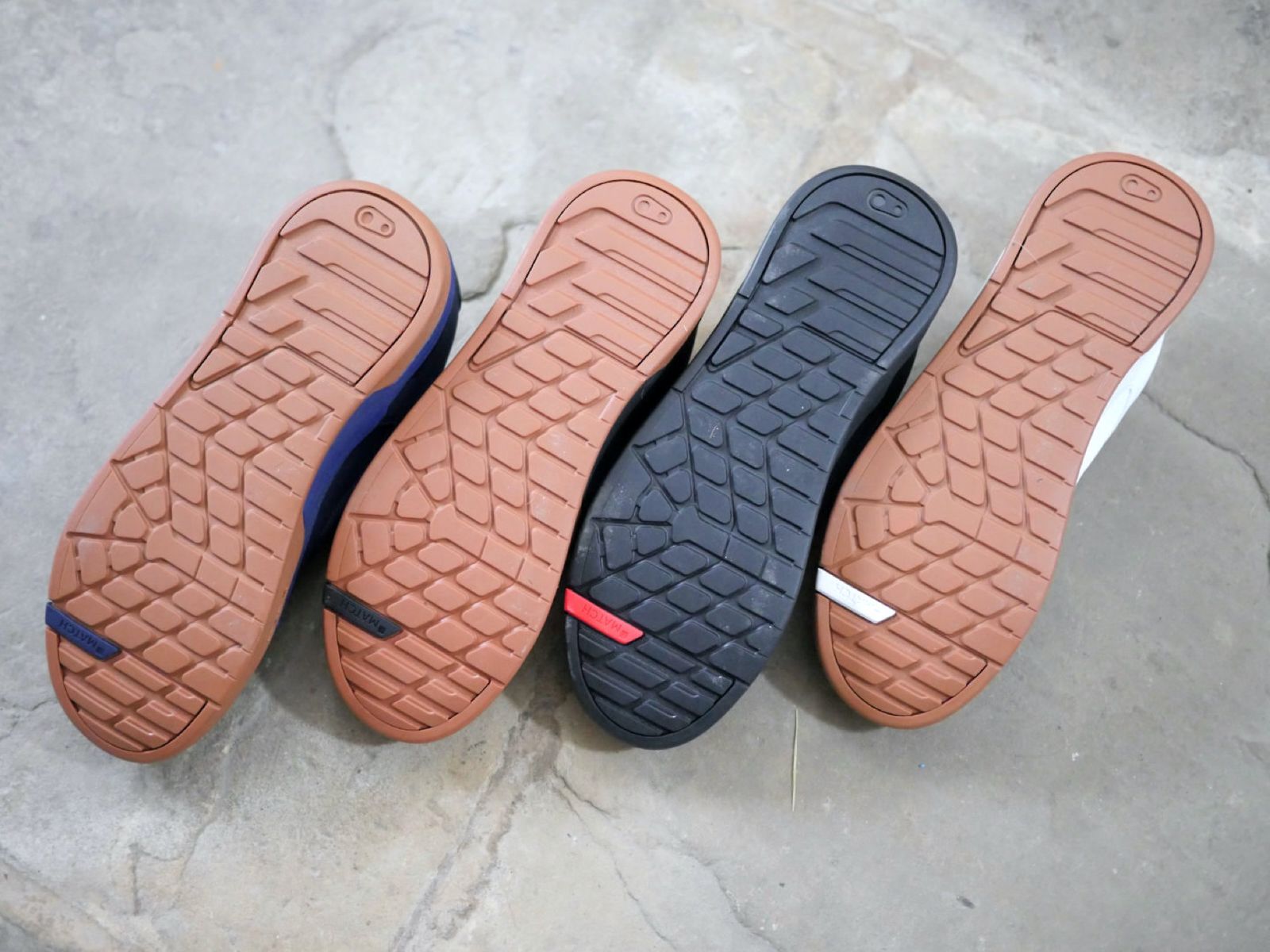
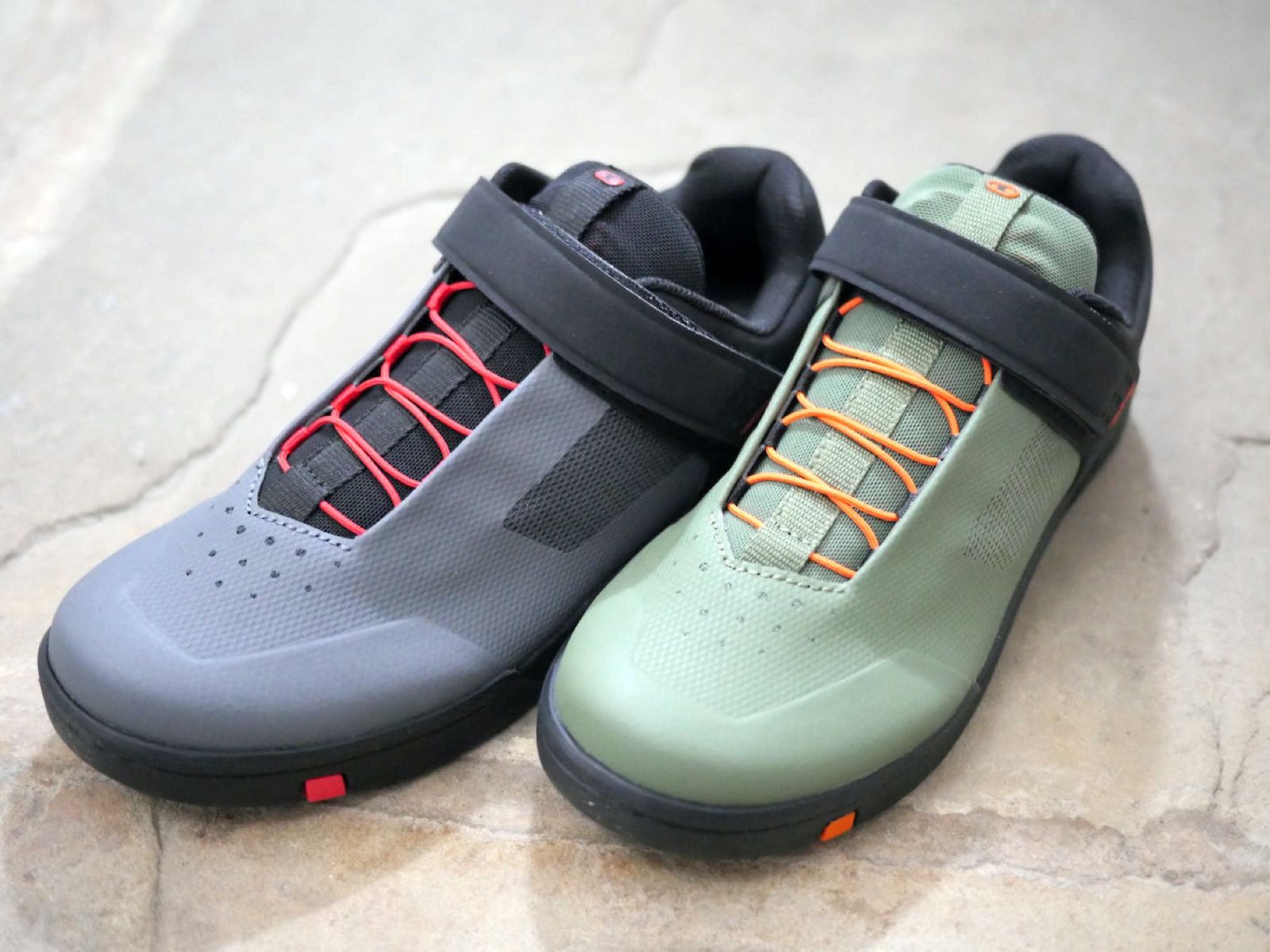
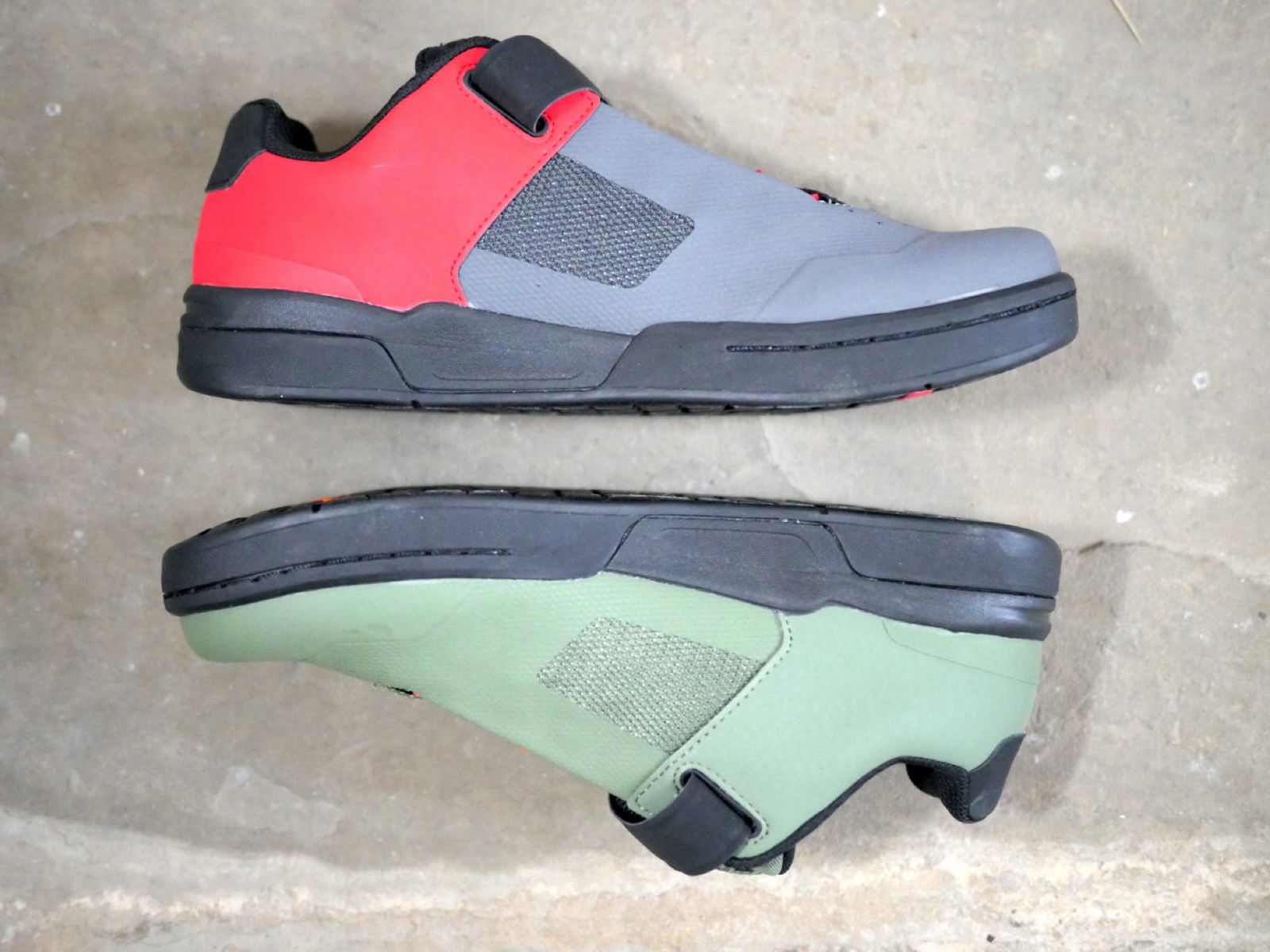
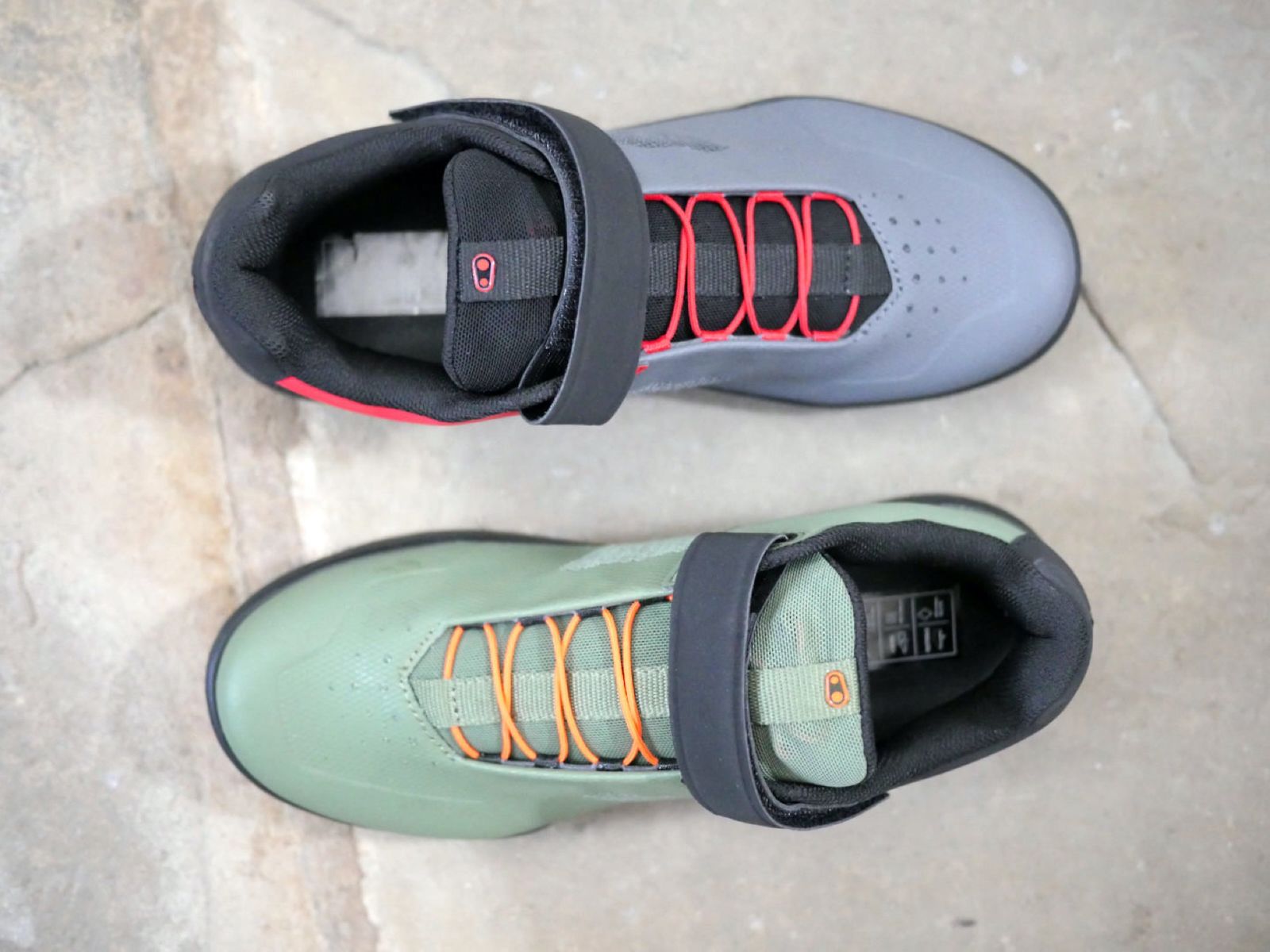
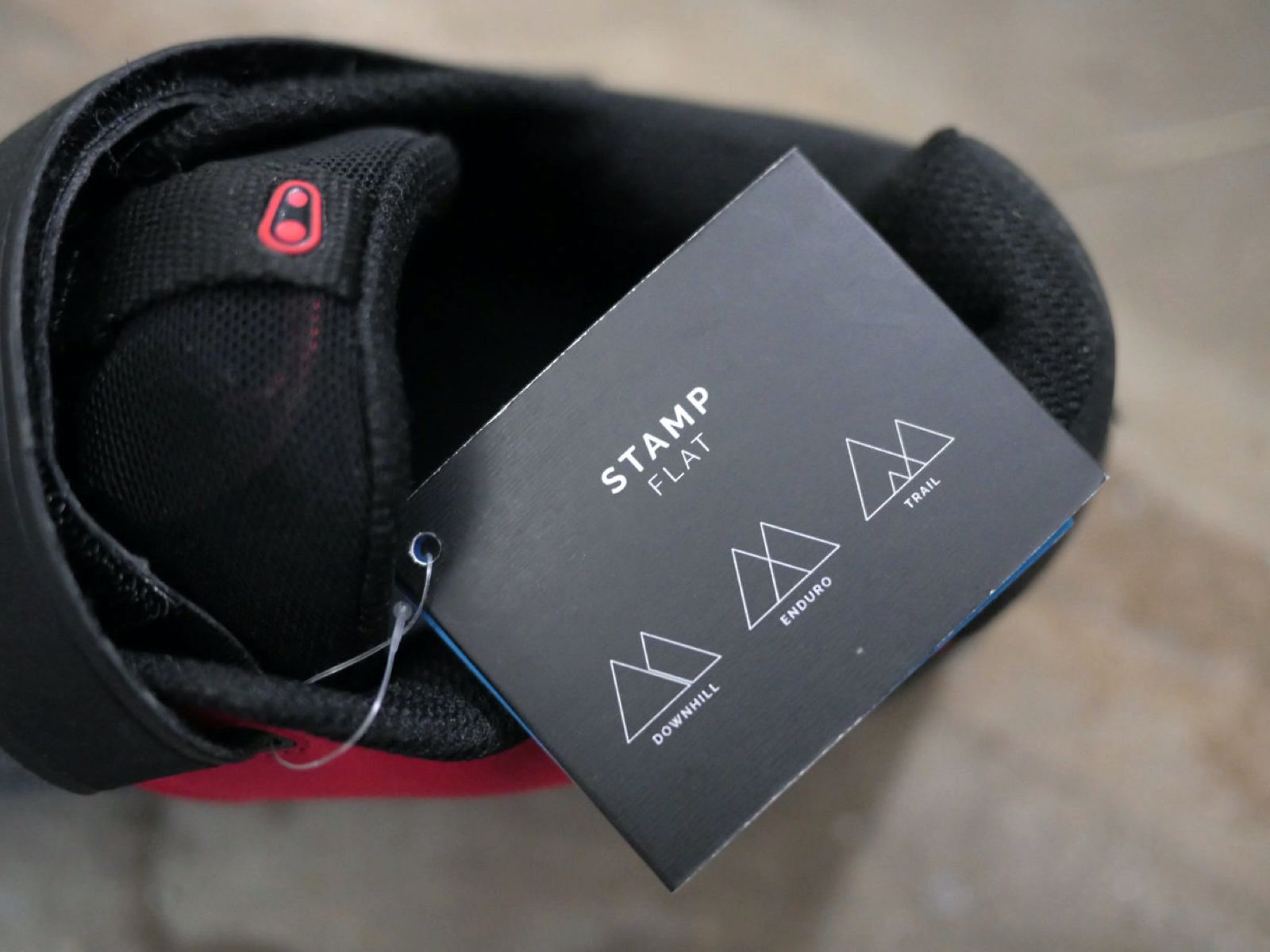
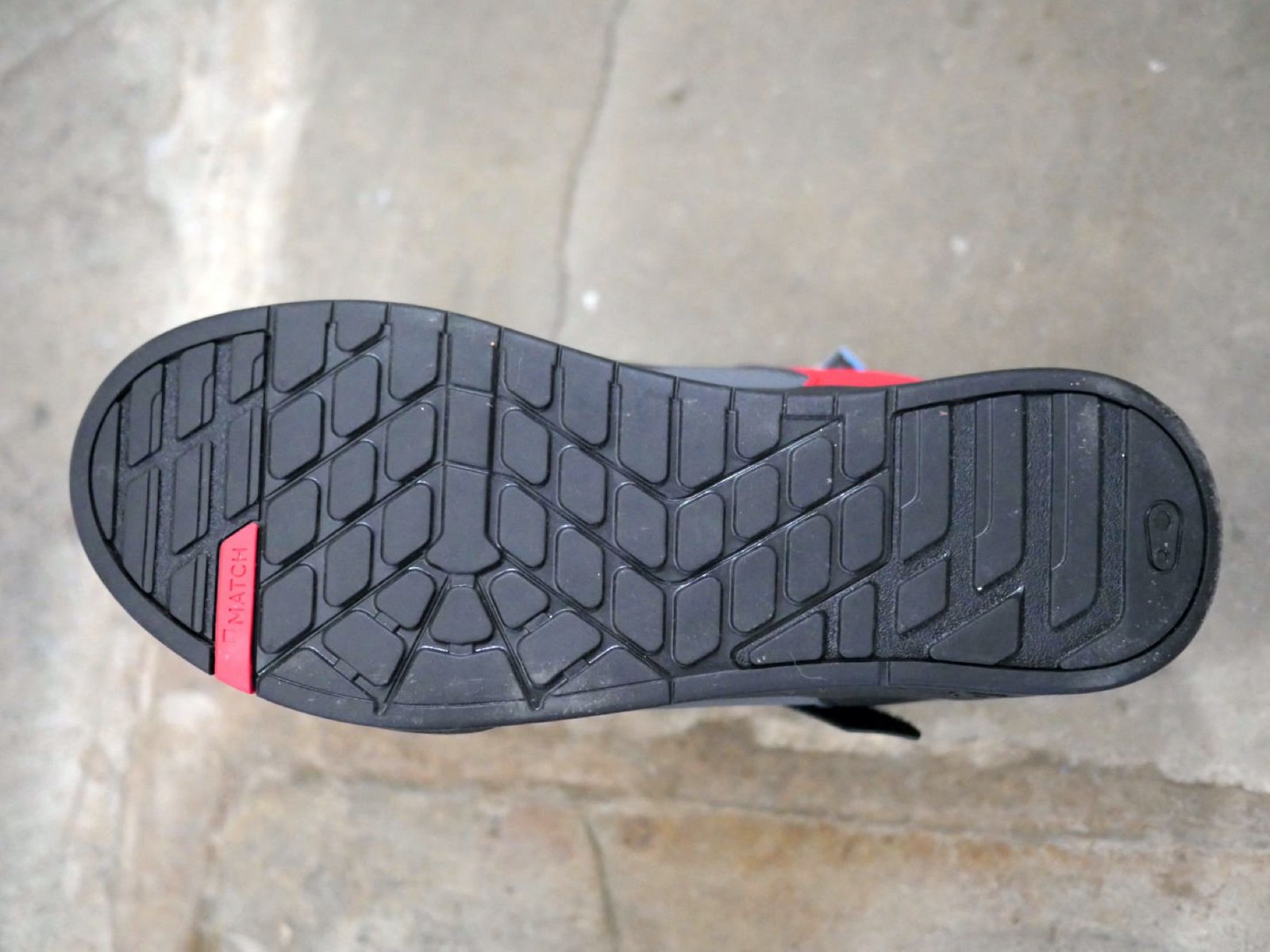
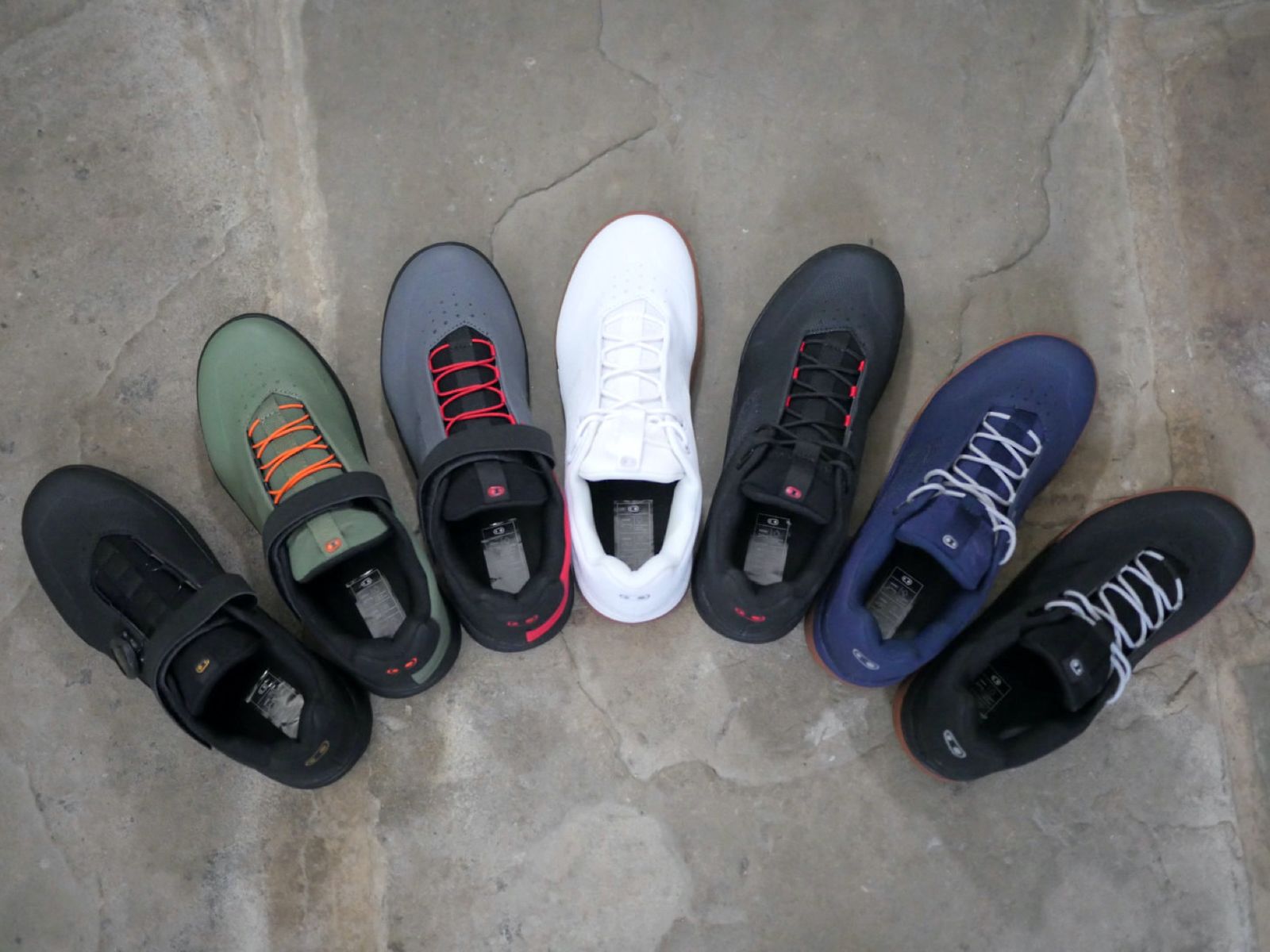
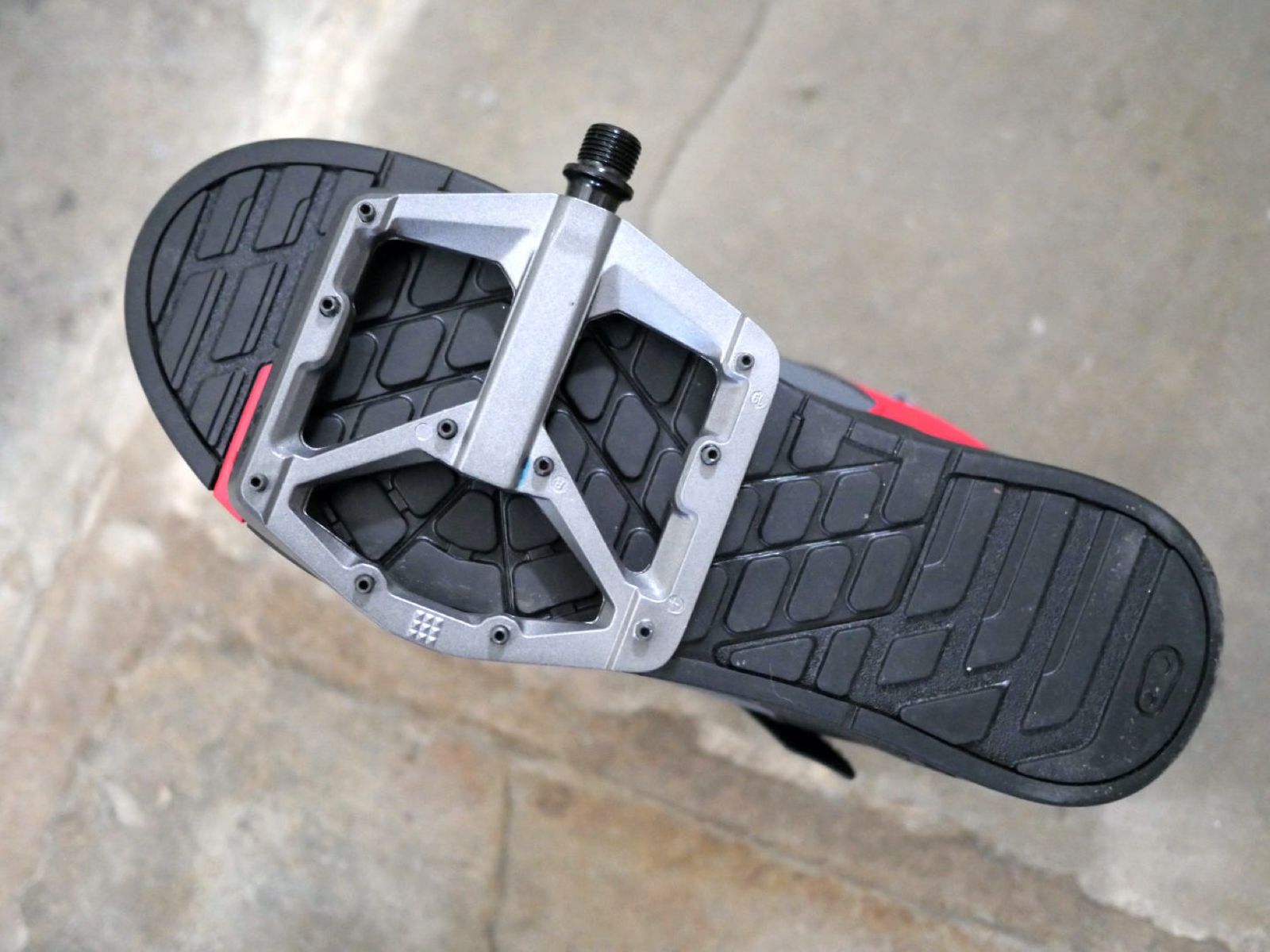
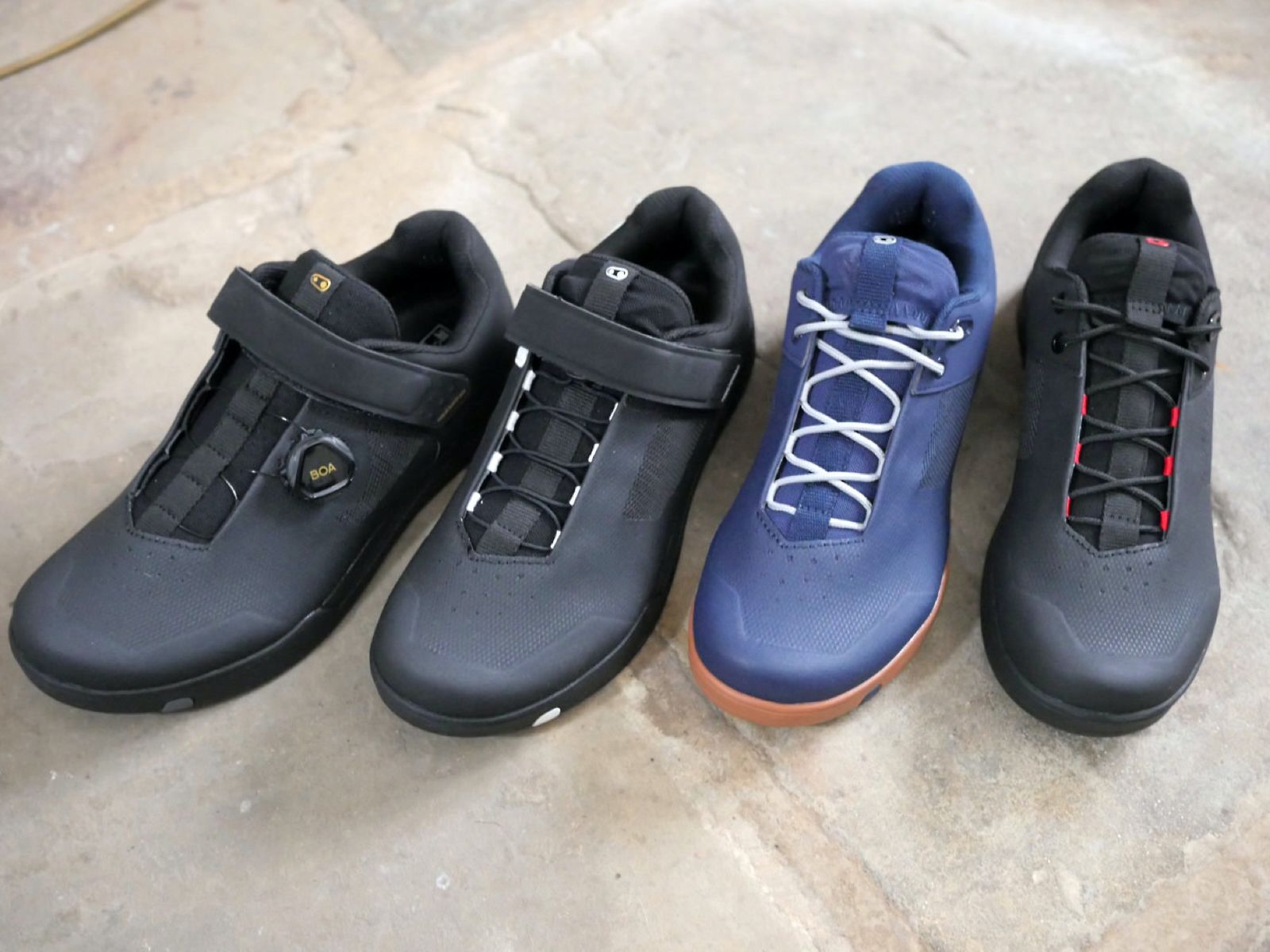
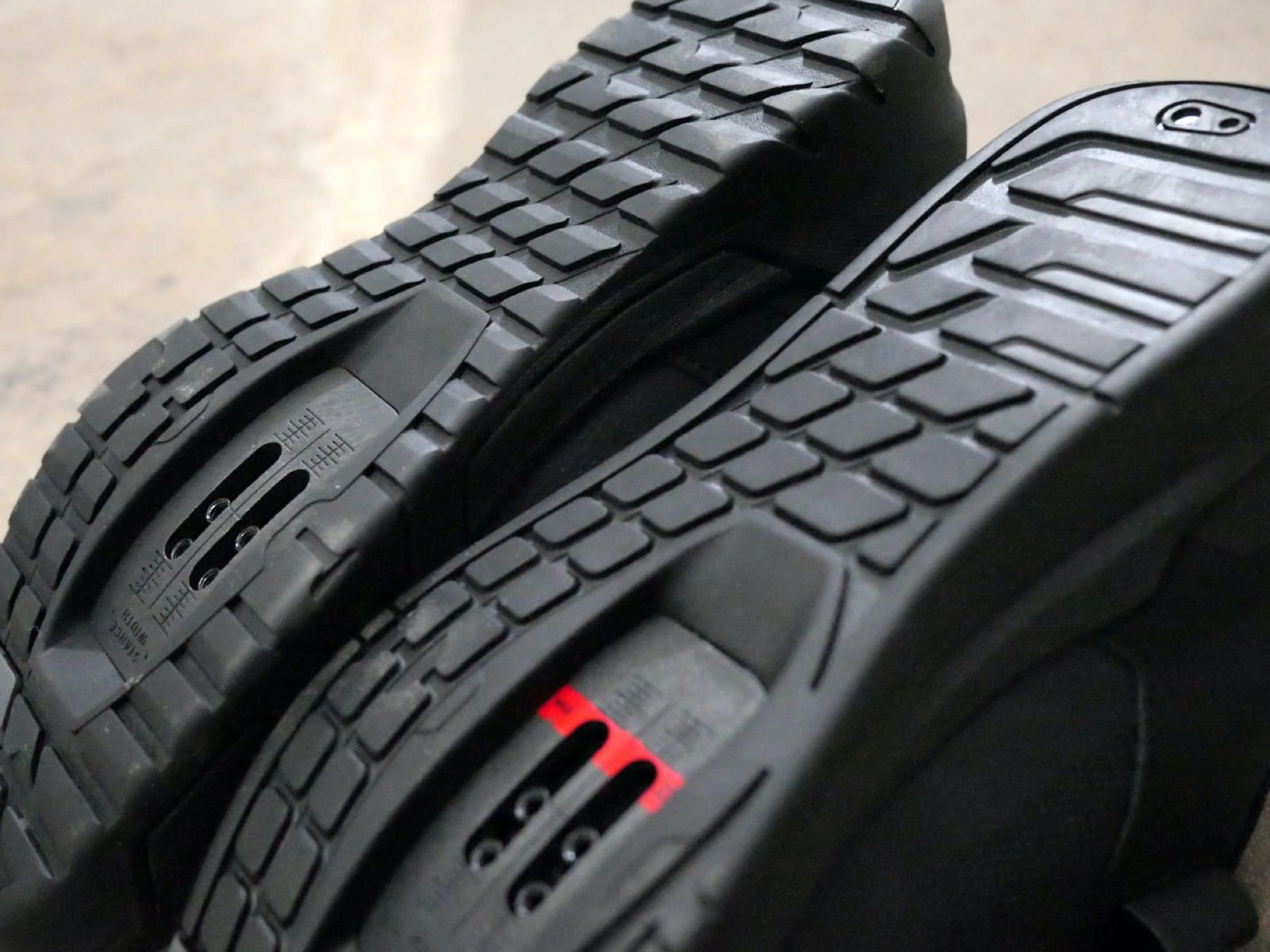
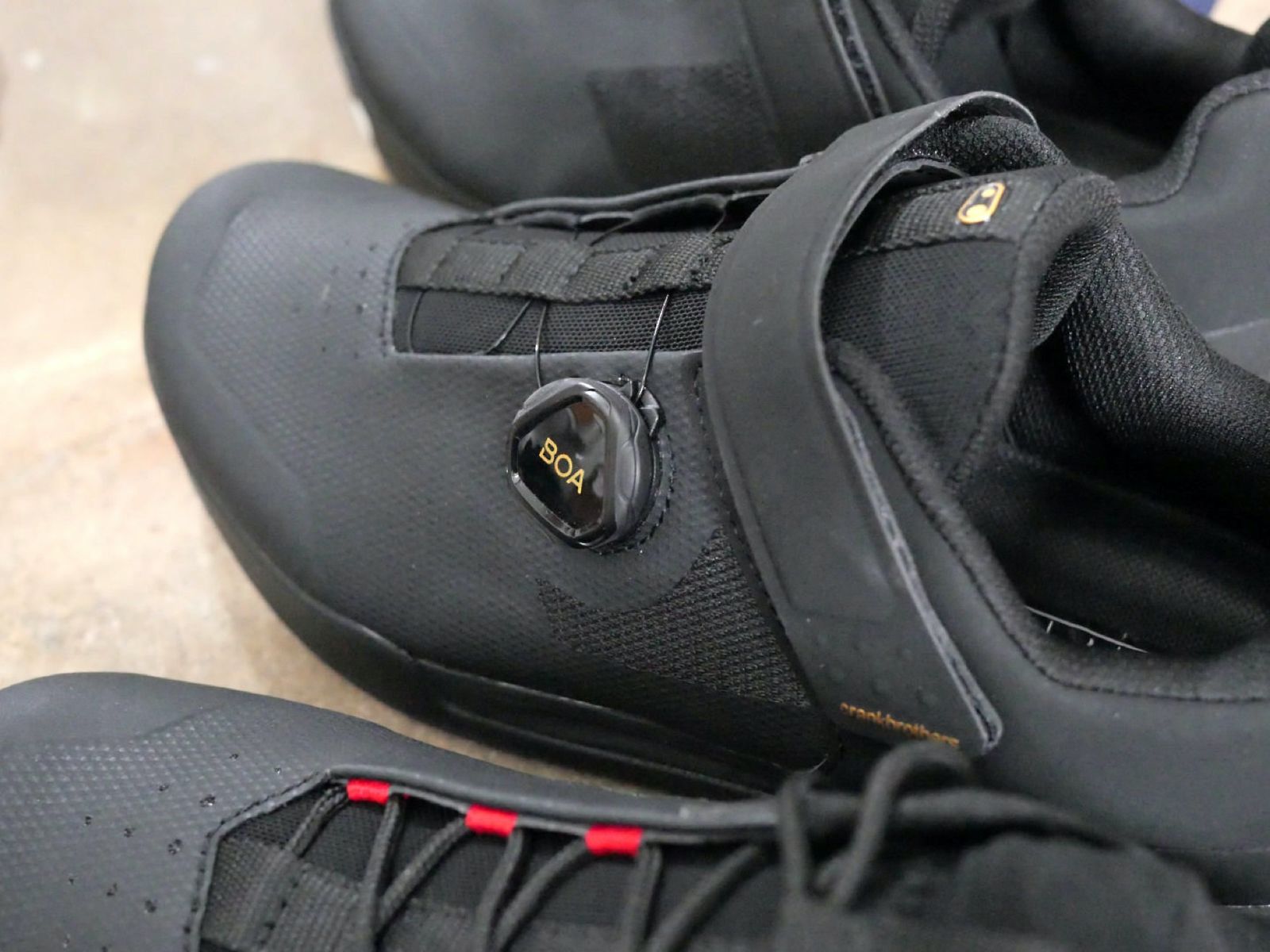
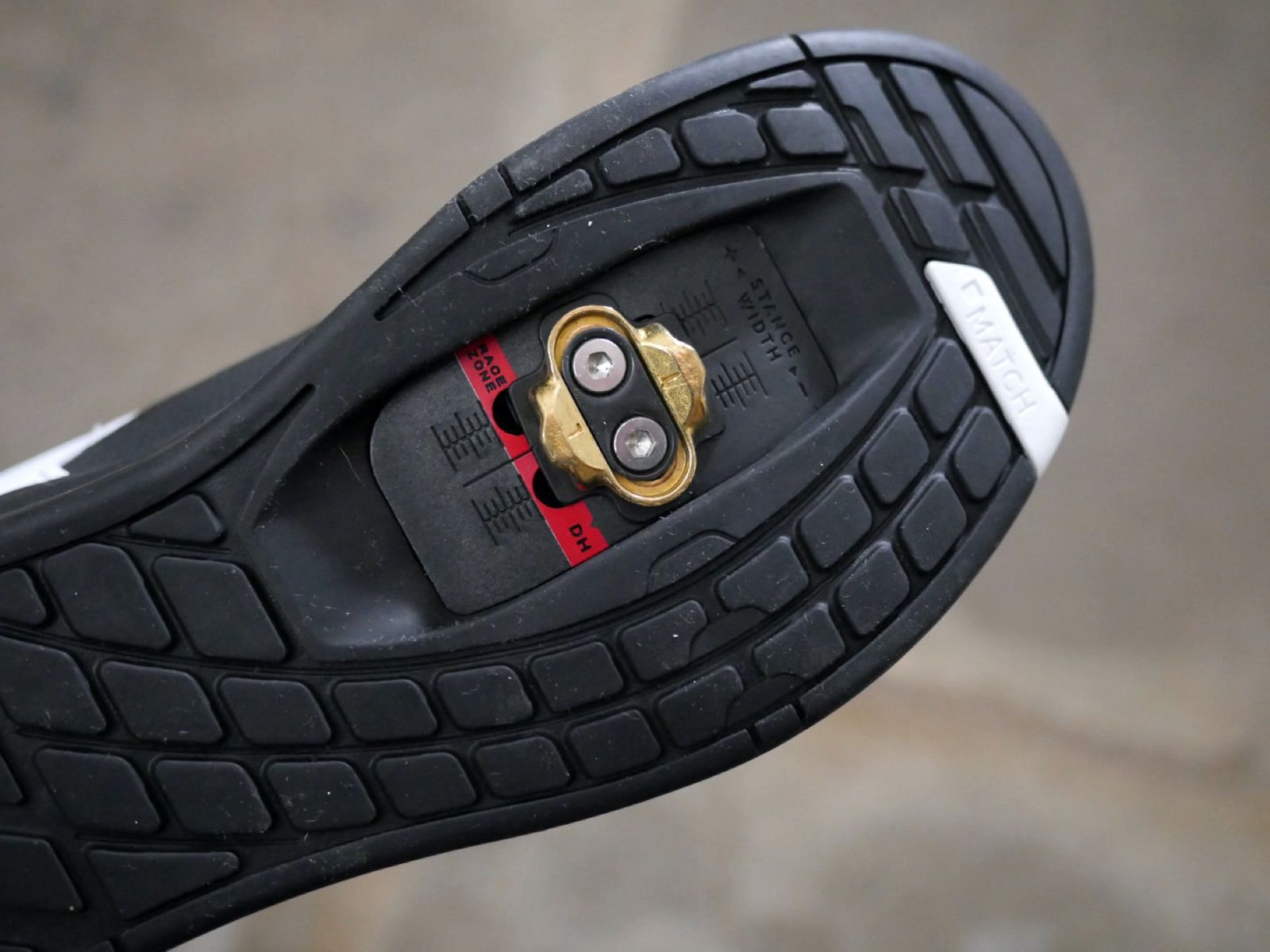
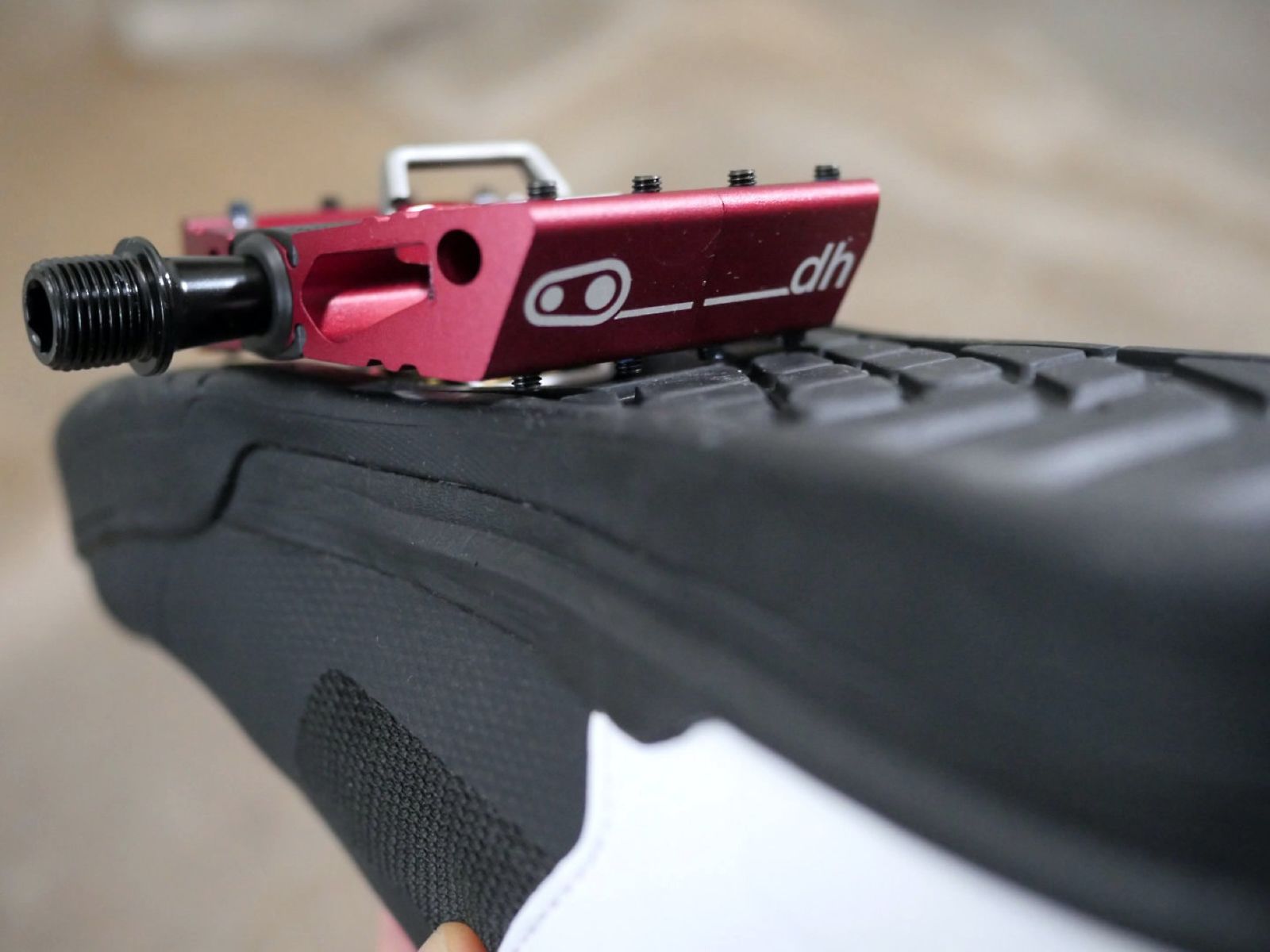

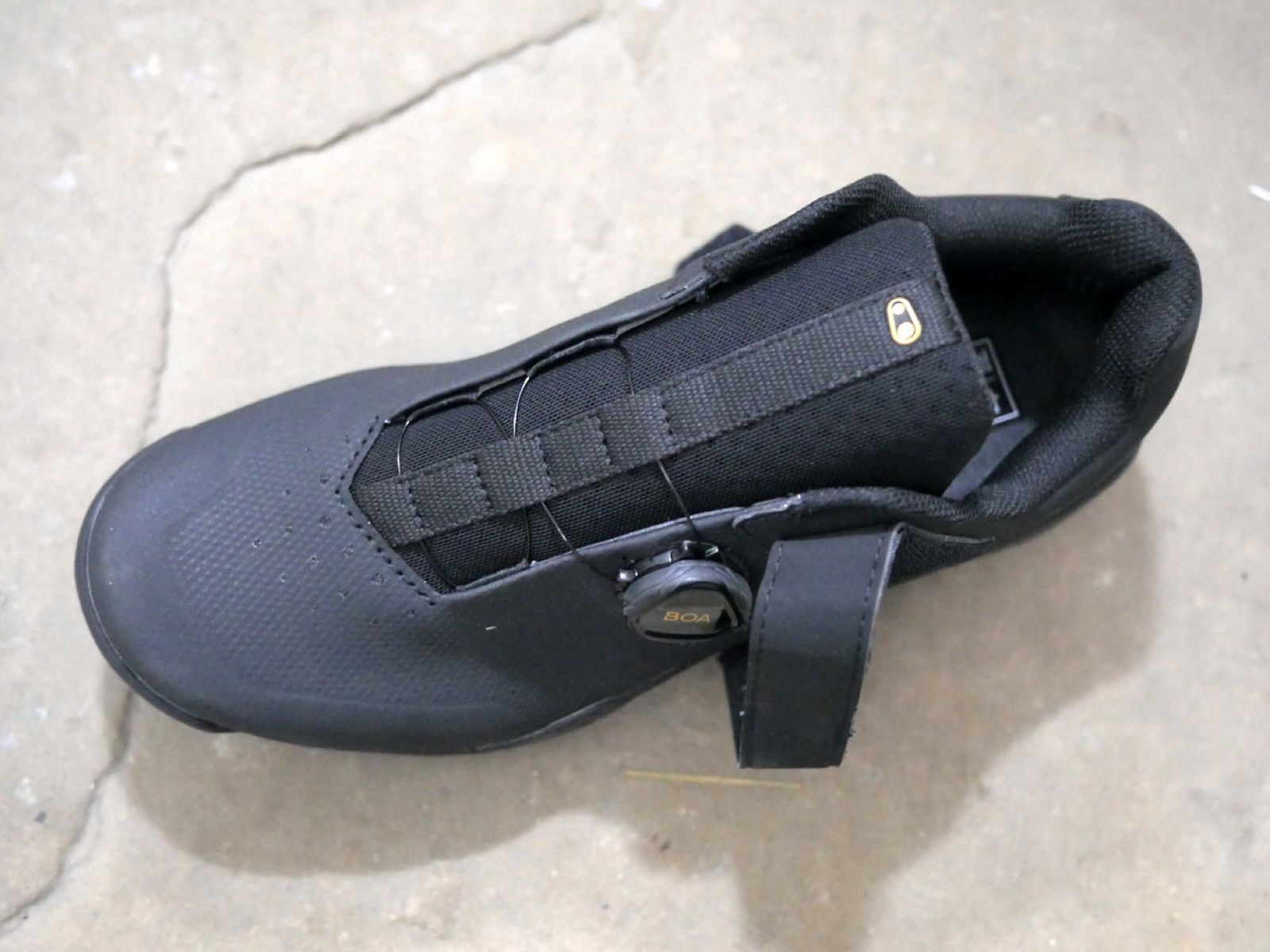
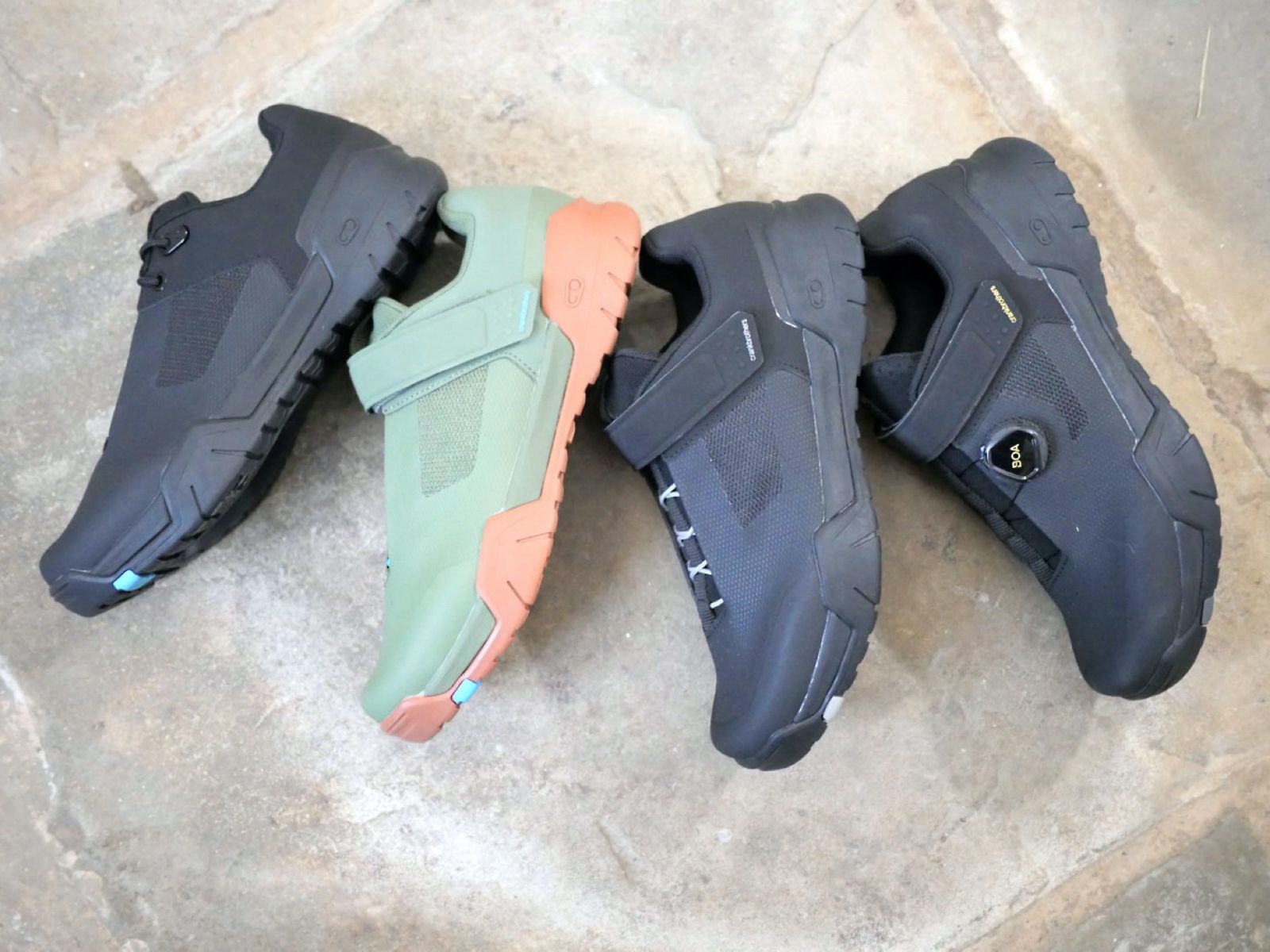
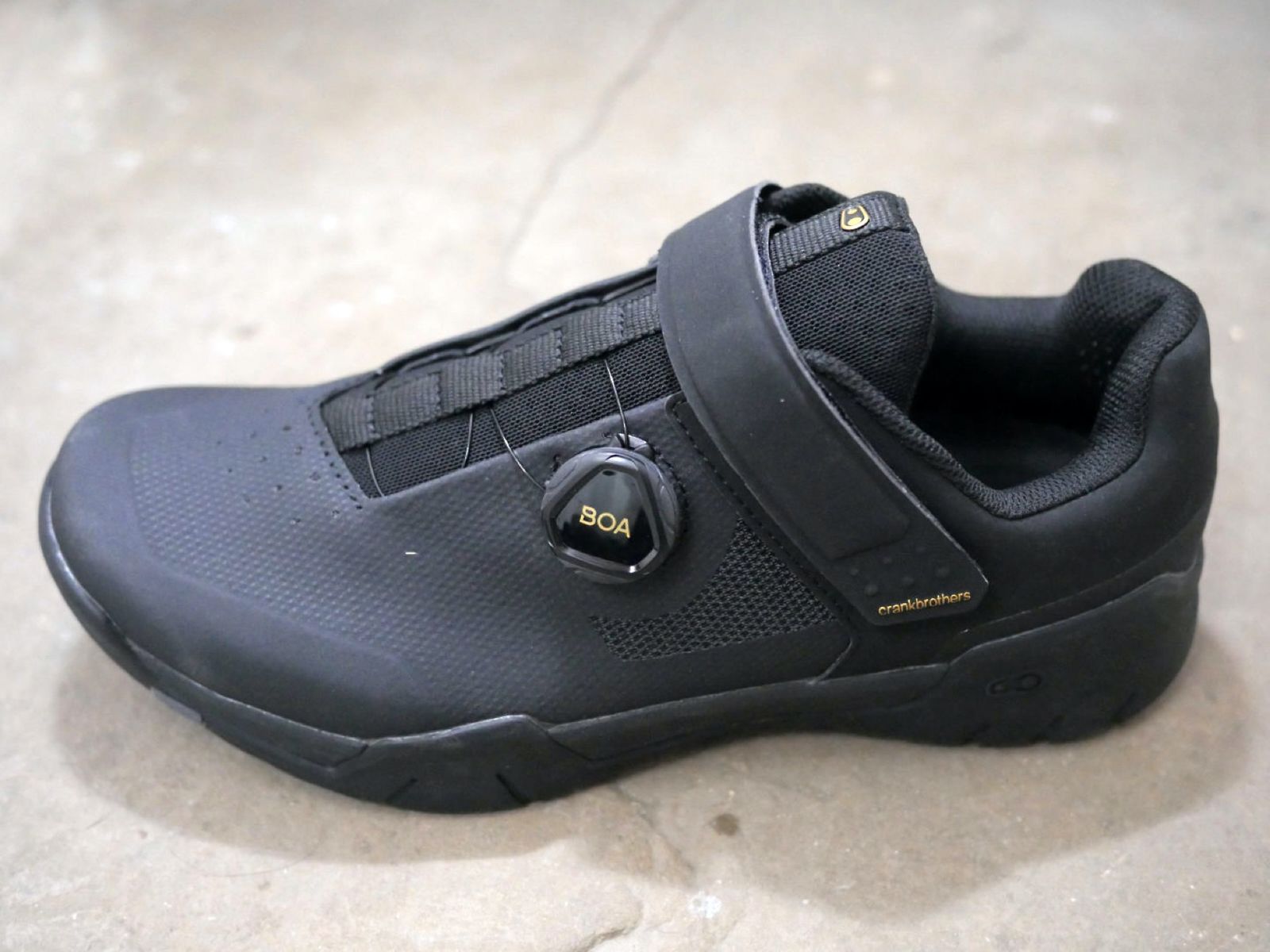
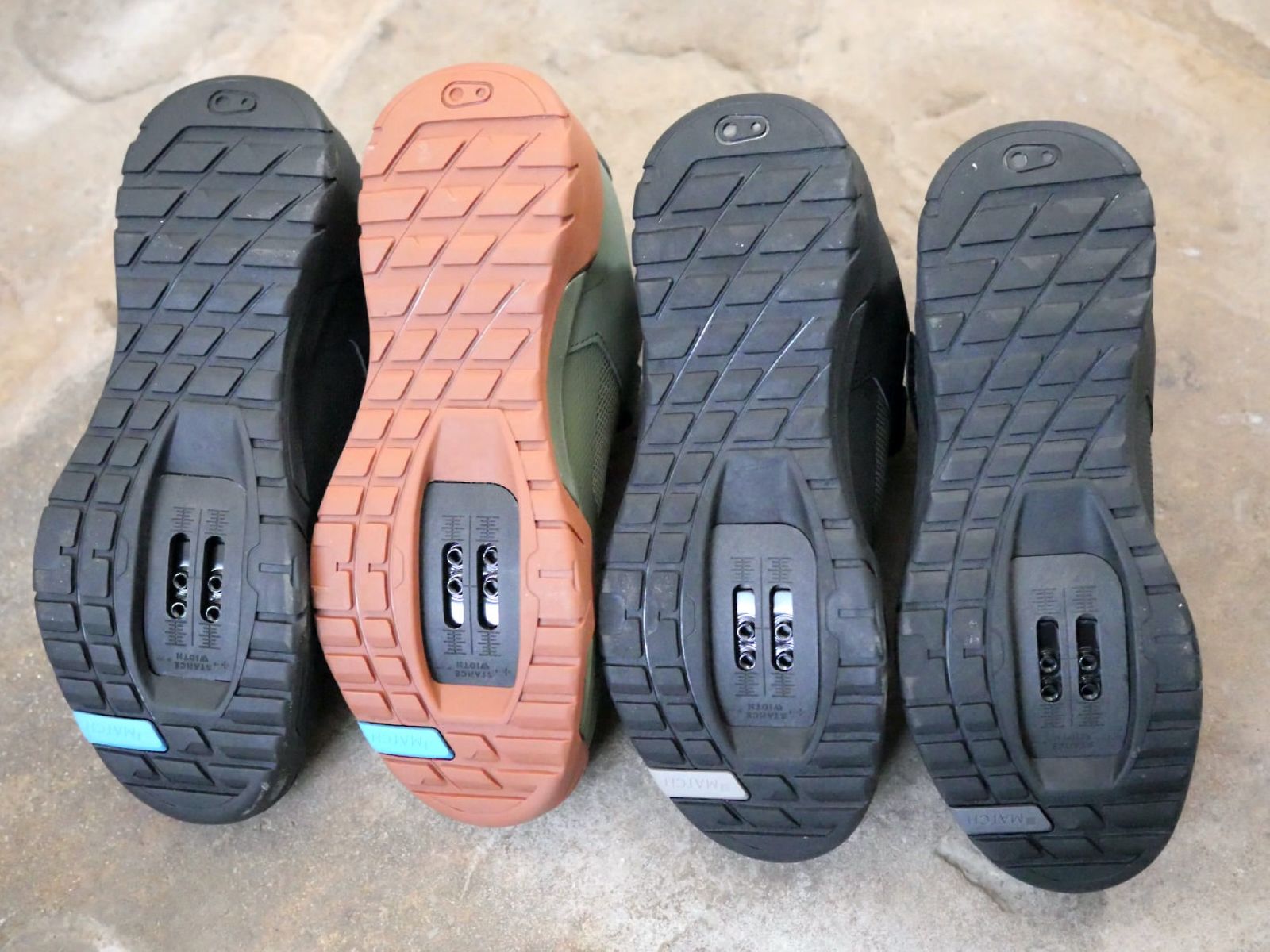

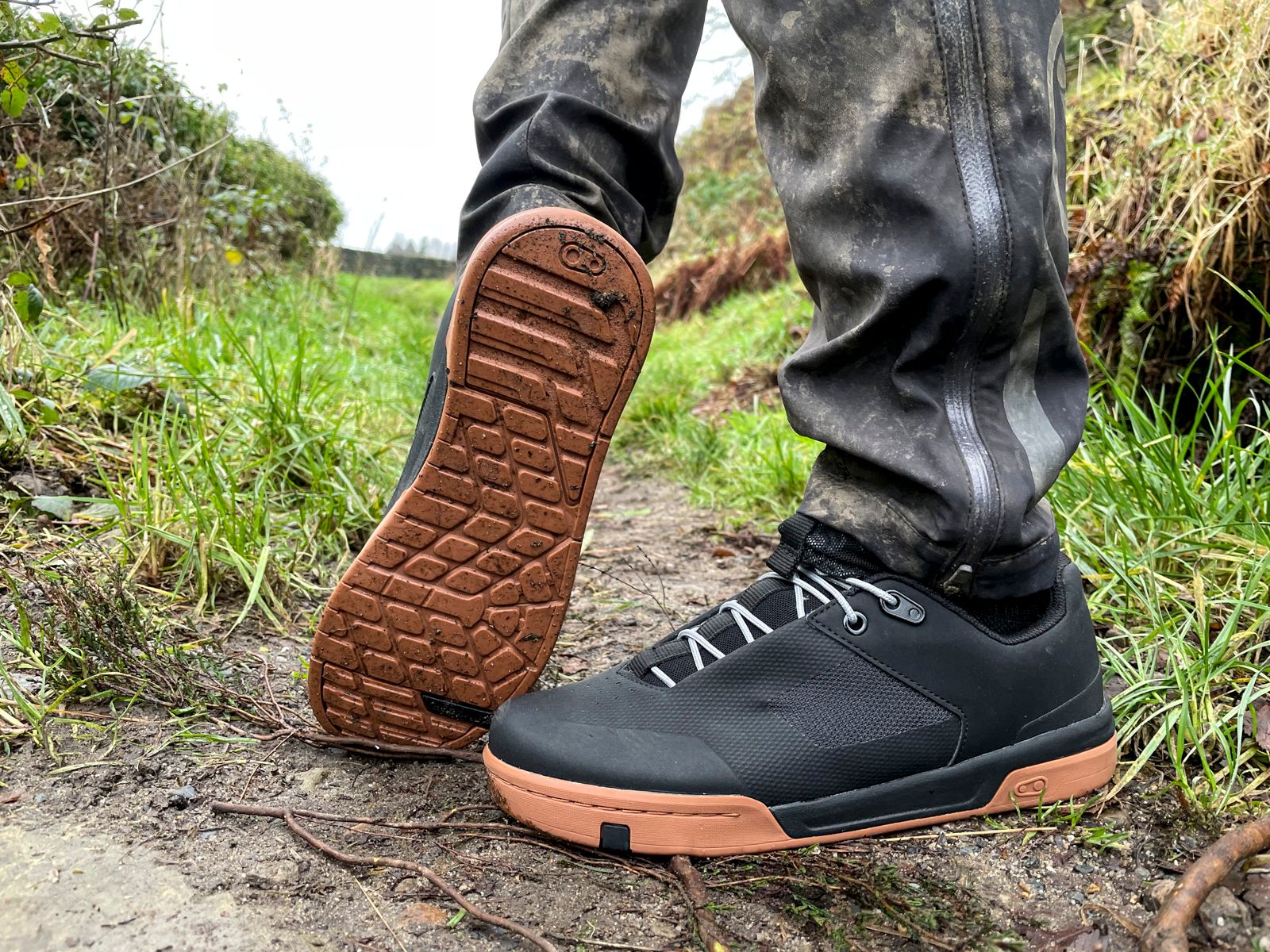
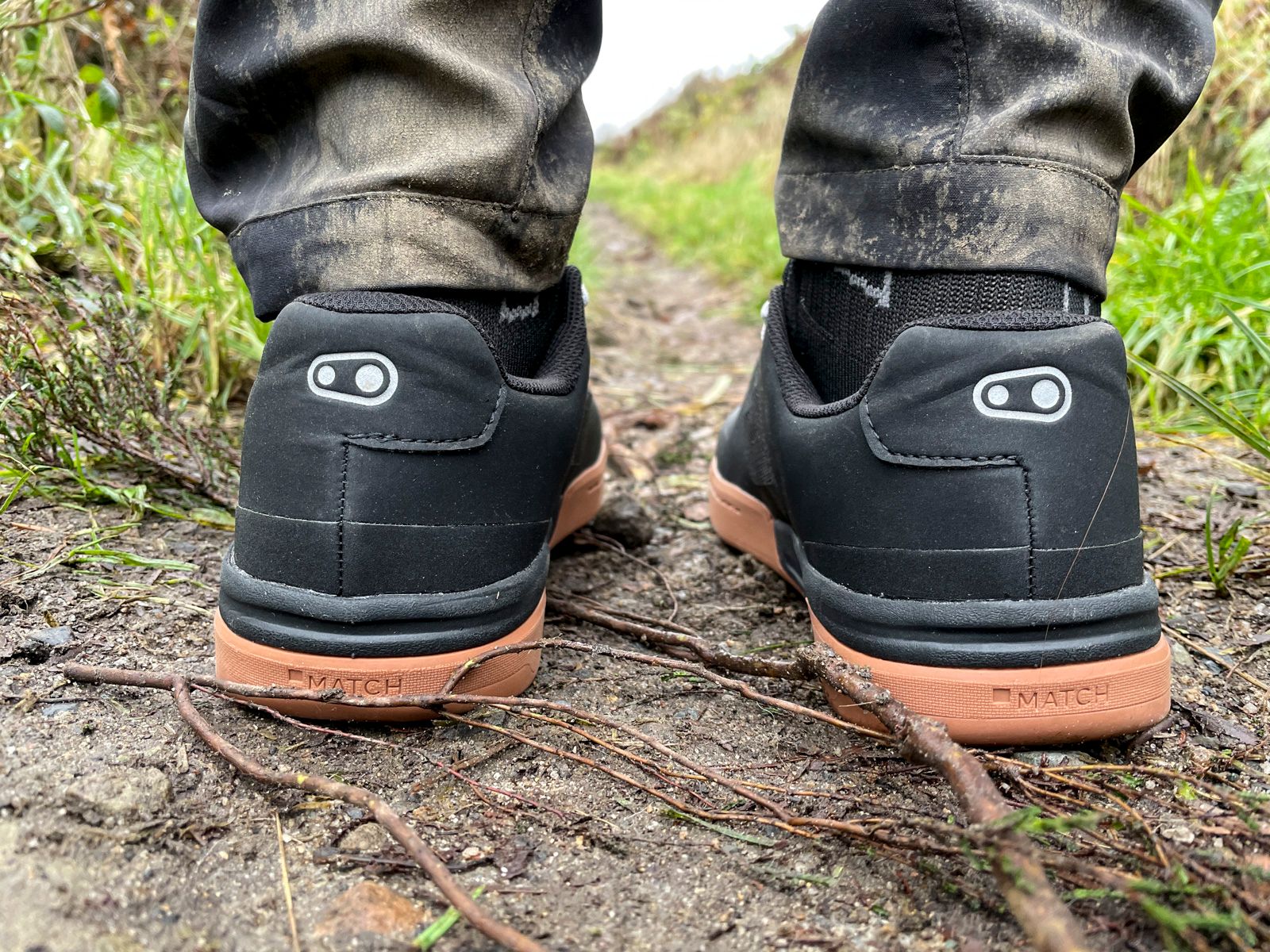
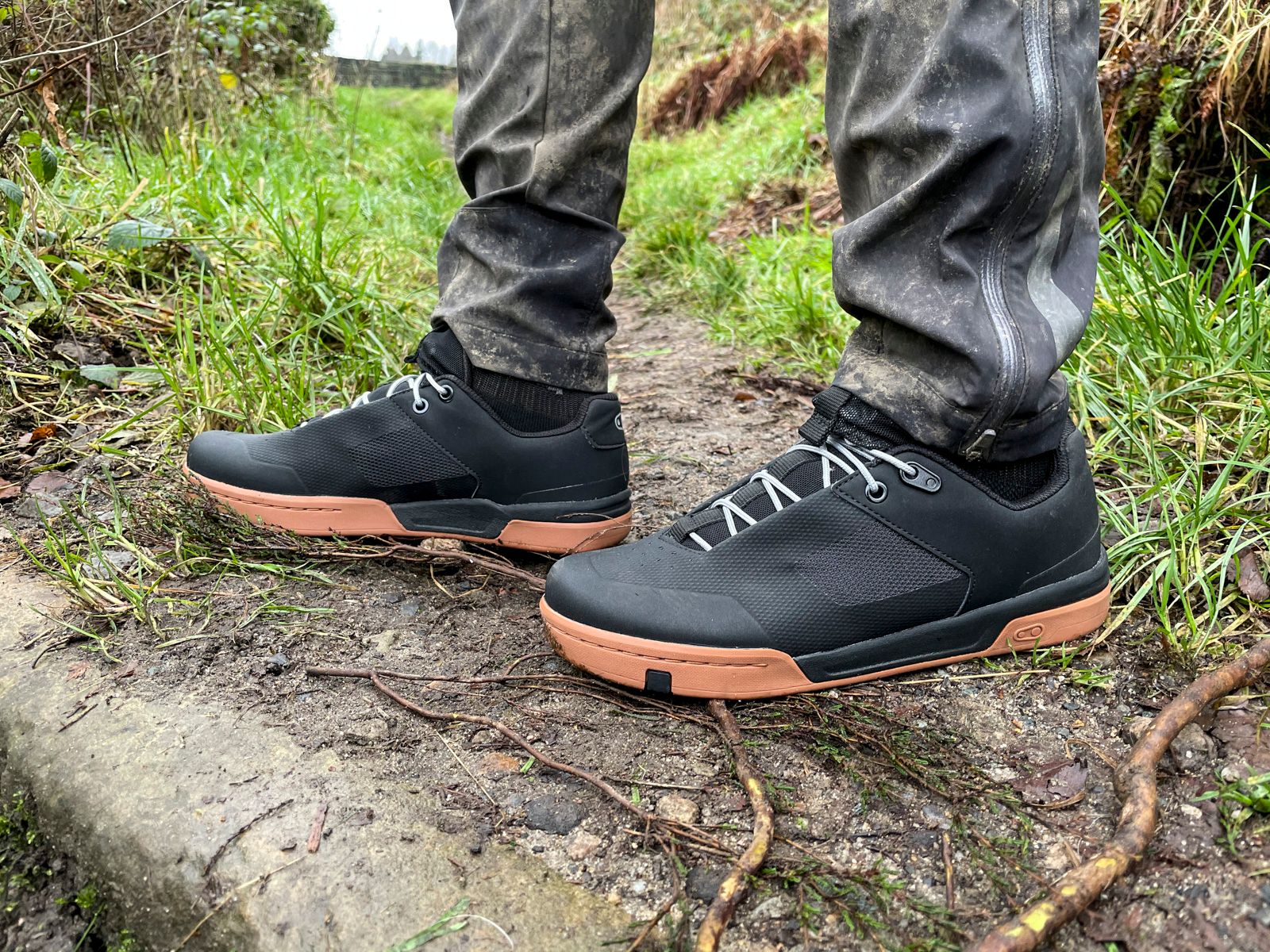

If only someone would make shoes that were actually shaped like feet!
yet again Onzadog you got in before me!
FOOT shaped shoes please, for the love of god!
We really are suckers aren’t we – yet more flat pedal shoes with non repairable soles, for £100+
Destined for the landfill after probably less than a year.
A shame that Crankbrothers spent 4 years on design and apparently gave this no thought. But the footwear industry has been getting away with this for years. Consider this before you buy yet more landfill shoes:
https://www.circularfootwearinitiative.com/
I always thought the very least you get from Crank Bothers is something that looks nice.
Not these.